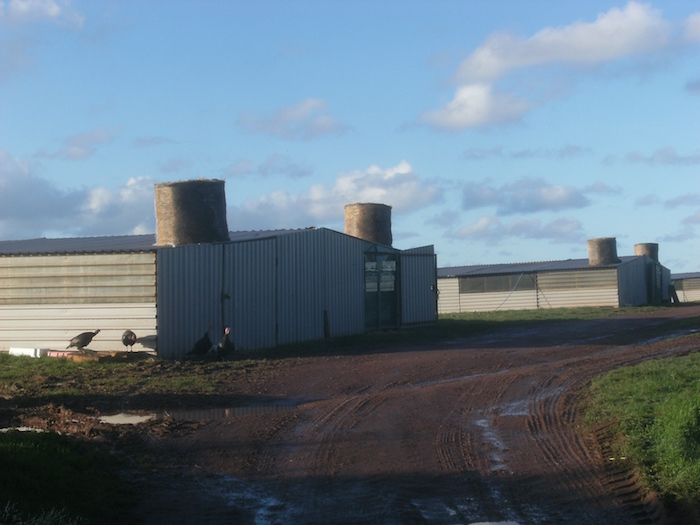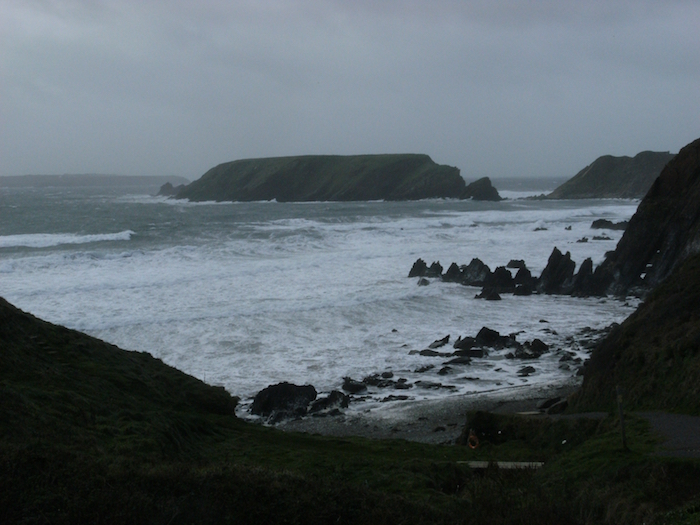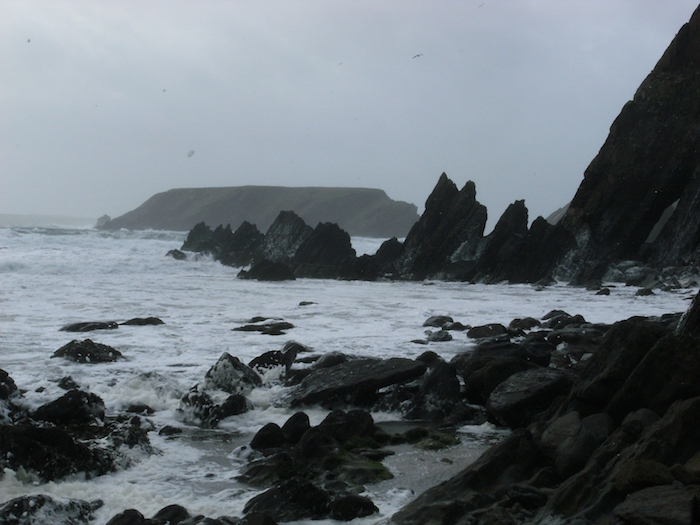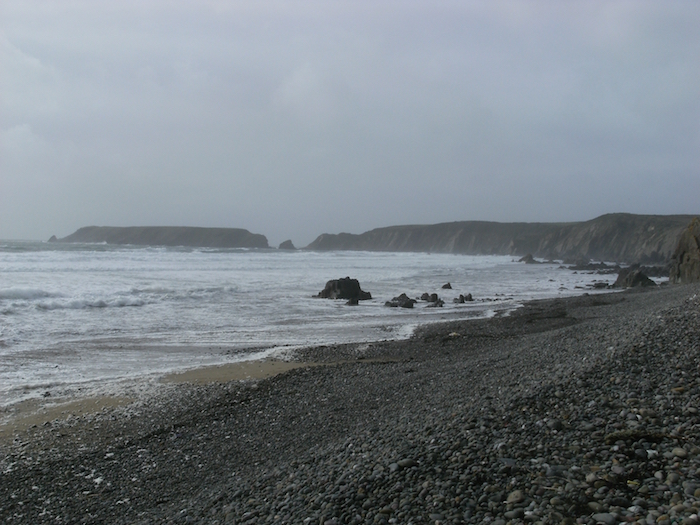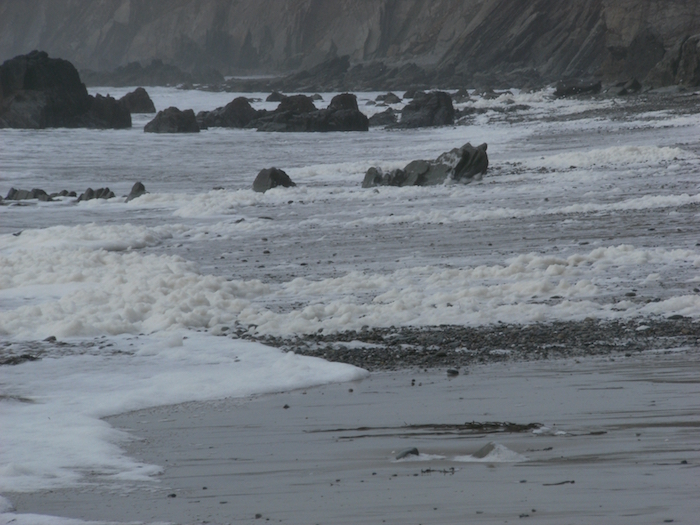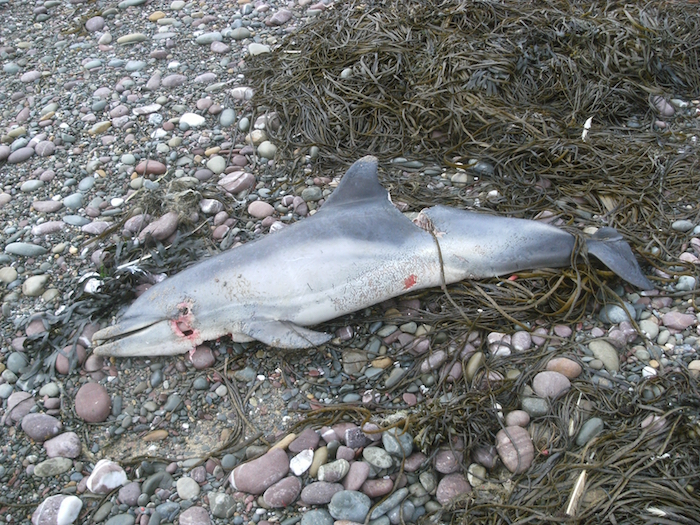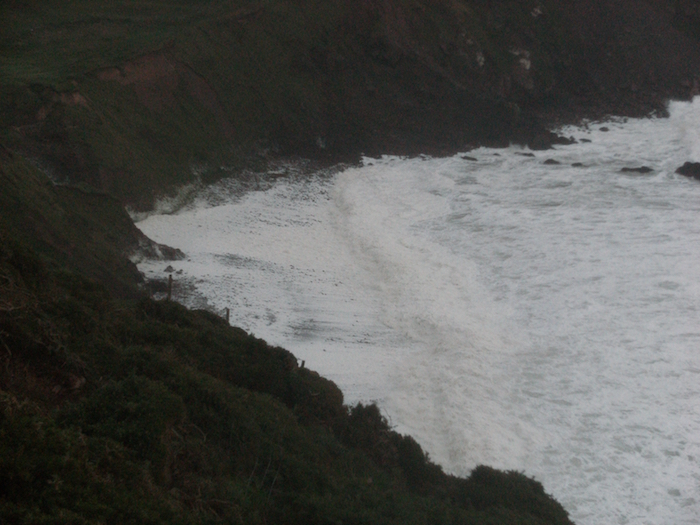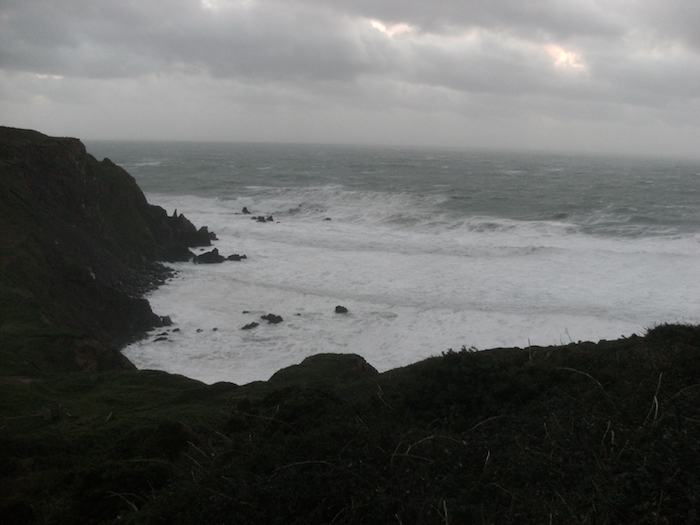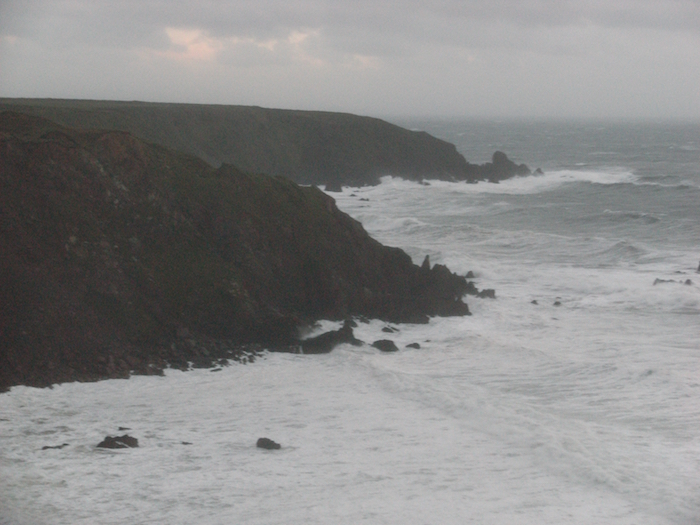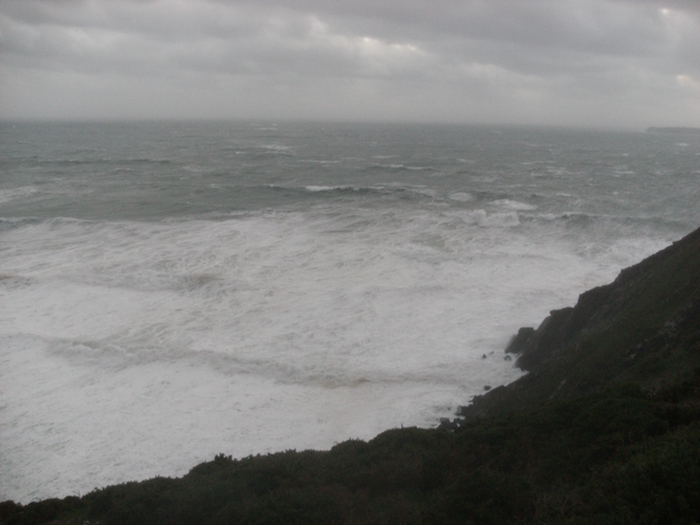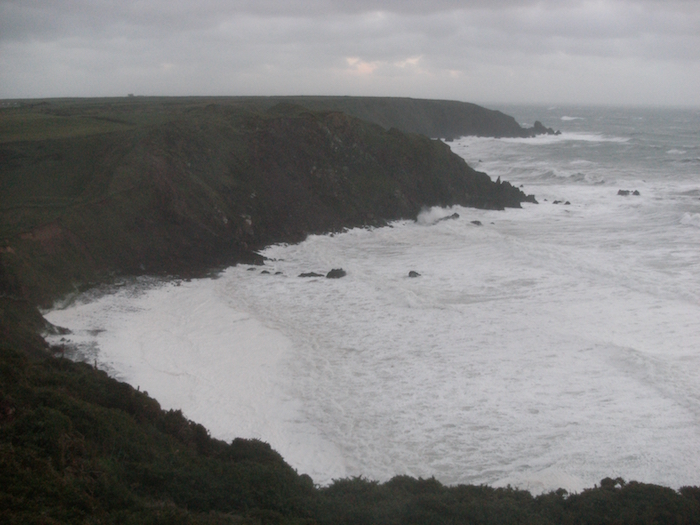THINGS TO DO IN PEMBROKESHIRE BY BICYCLE AND CAR
During the summer there are many unique things to do in Pembrokeshire. The usual tourist activities found anywhere are excluded from the list below.
COAST PATH WALKING. Walk sections of the 200 mile long Pembrokeshire coast path. It is best to use two cars leaving one at the end of the days walk and use the other to get to the start of the walk. The photographs in the next two sections below are all on the Pembrokeshire coast path.
VISIT PEMBROKESHIRE BEACHES
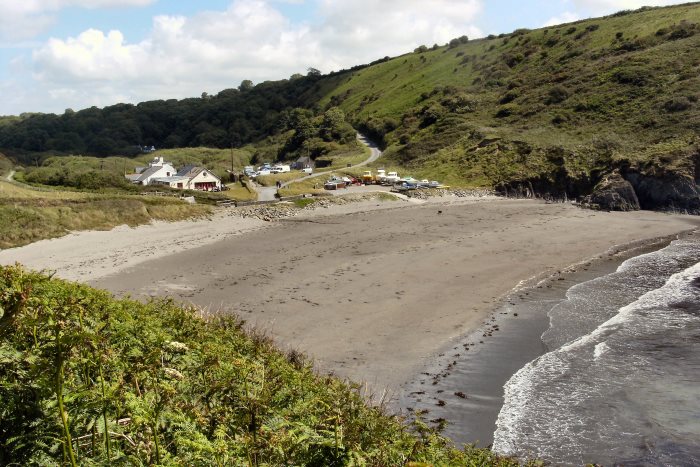
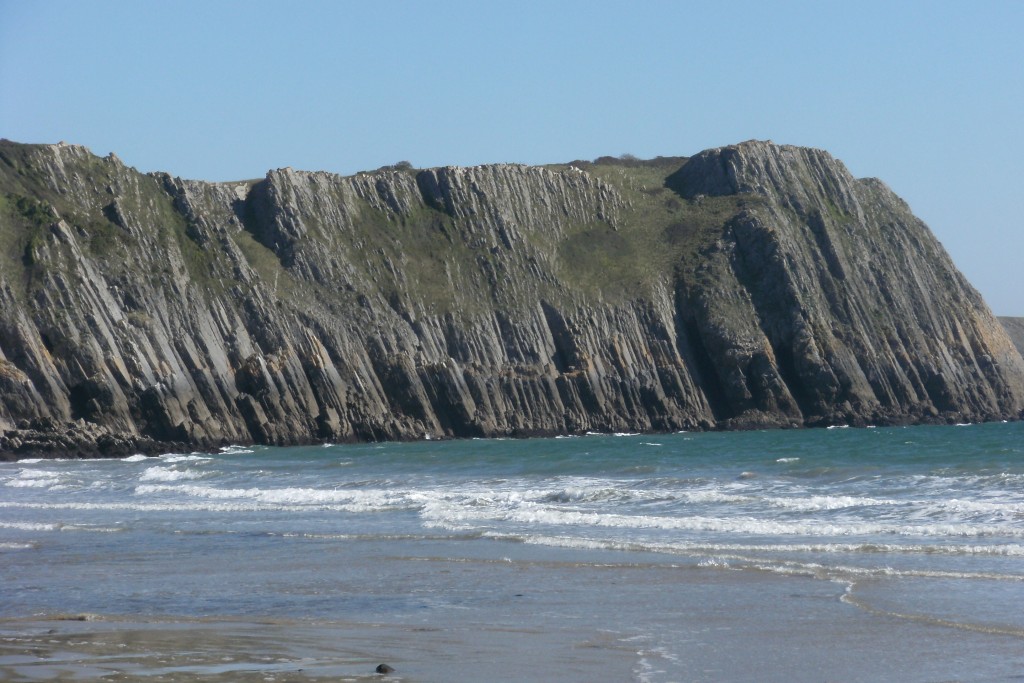

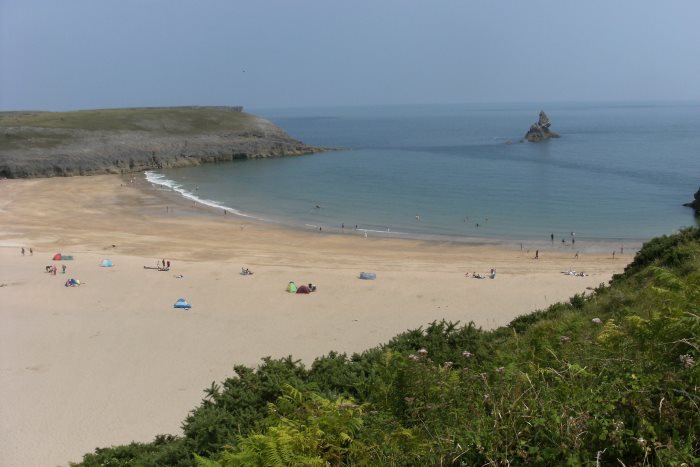
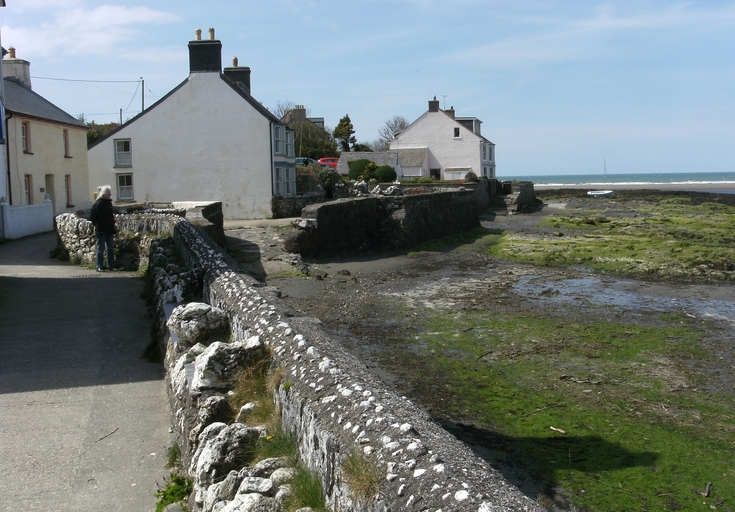

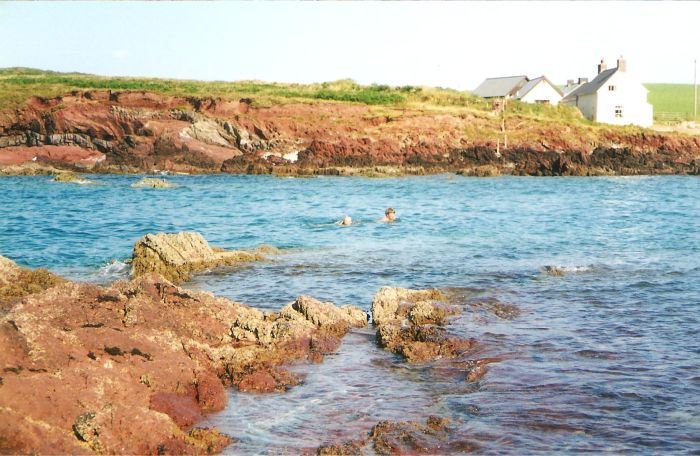
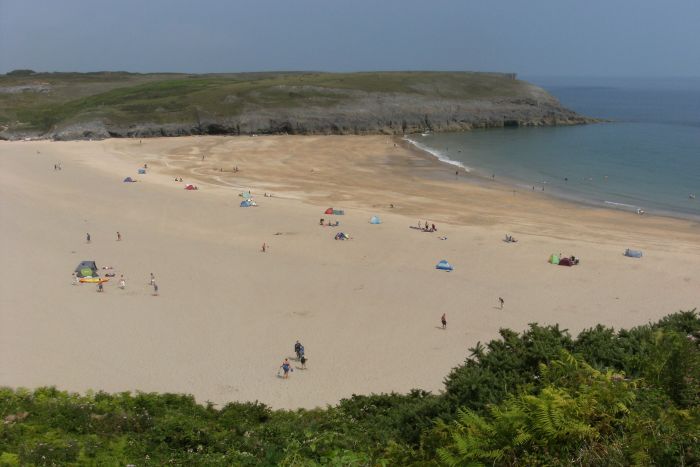


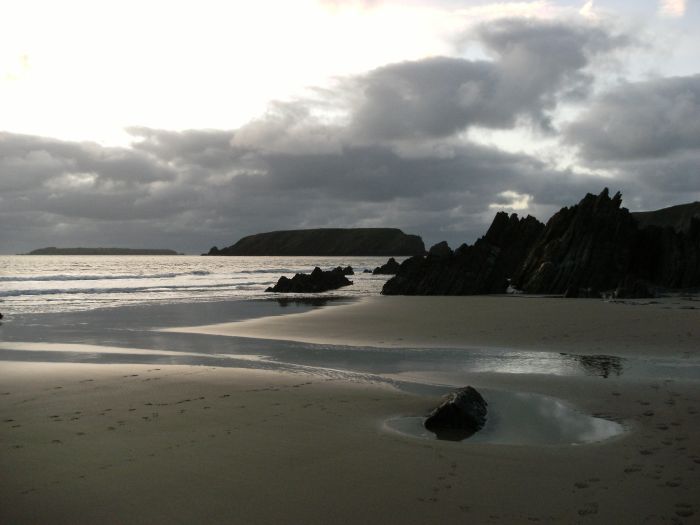
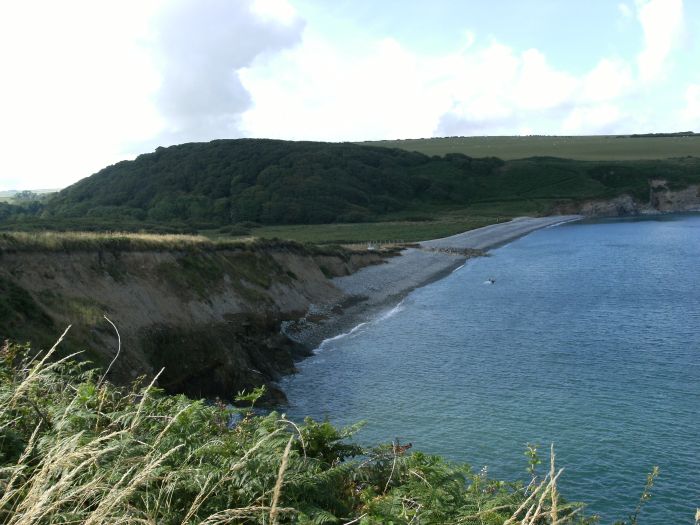
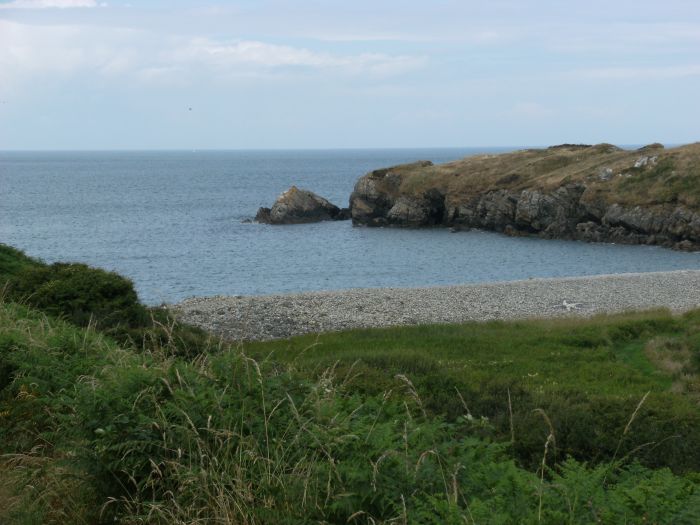
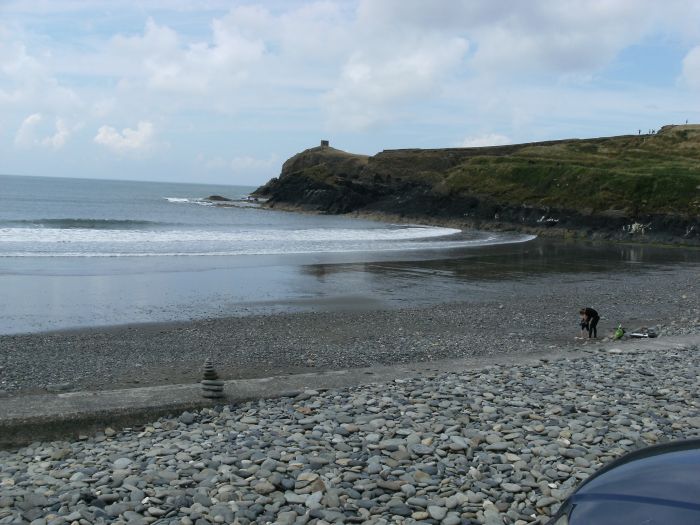
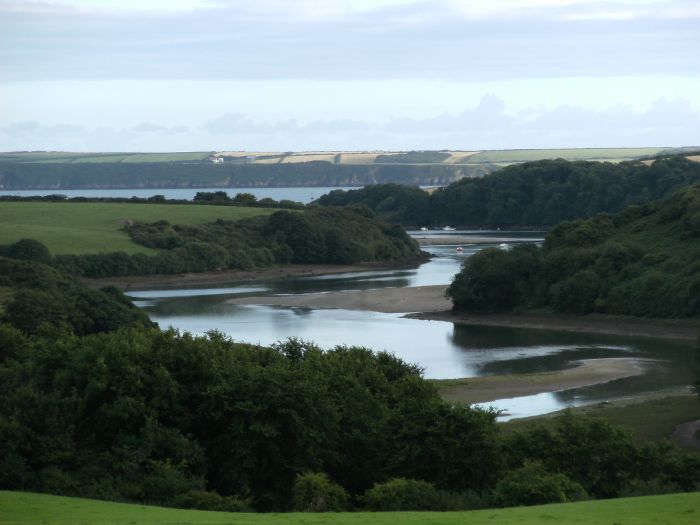
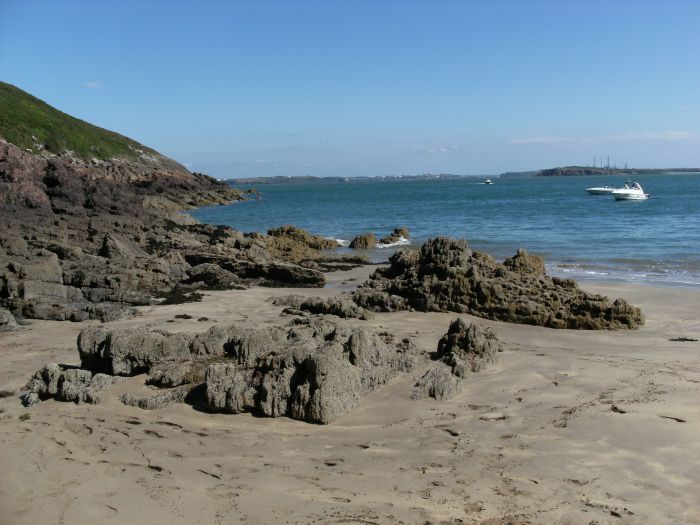
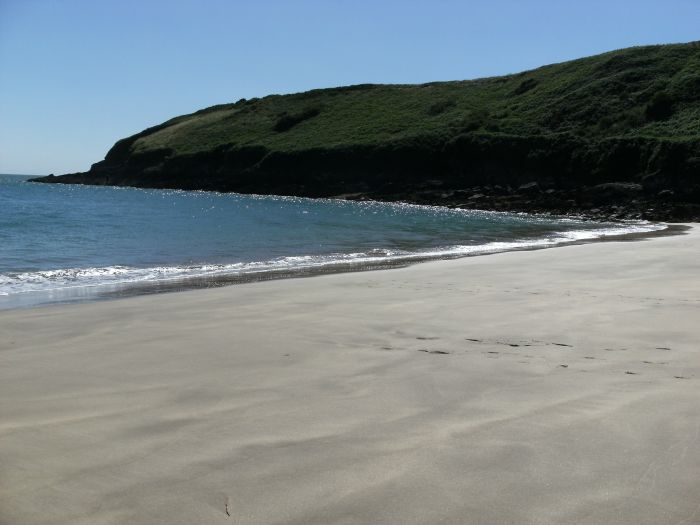
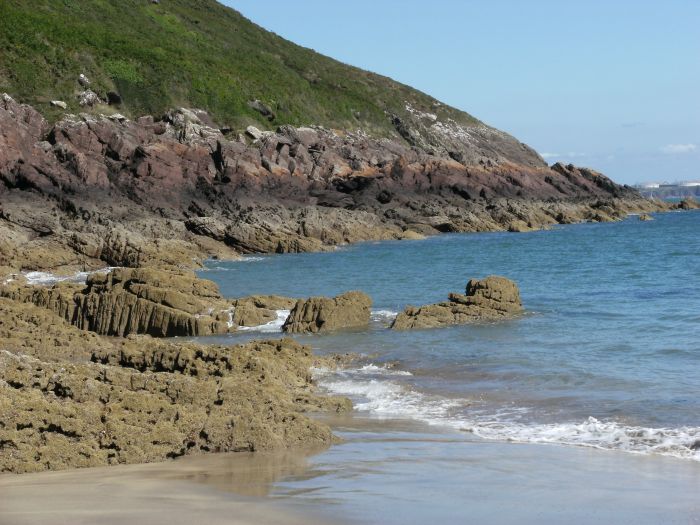
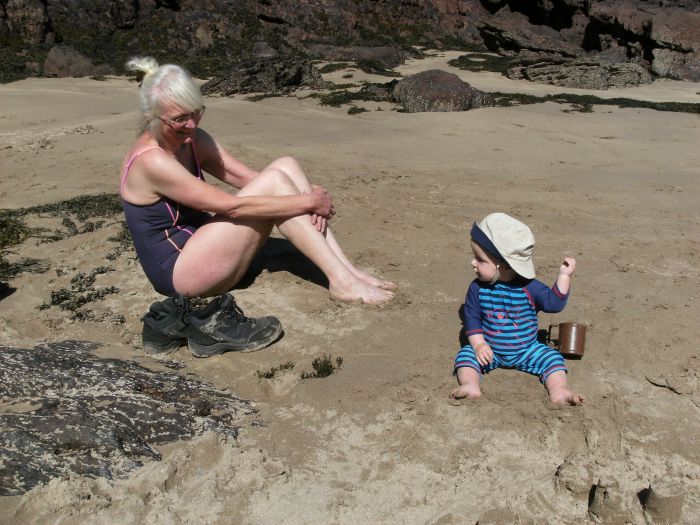


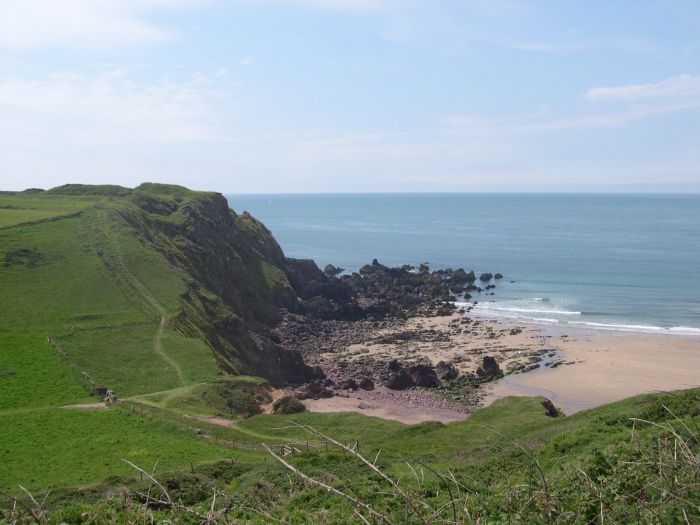
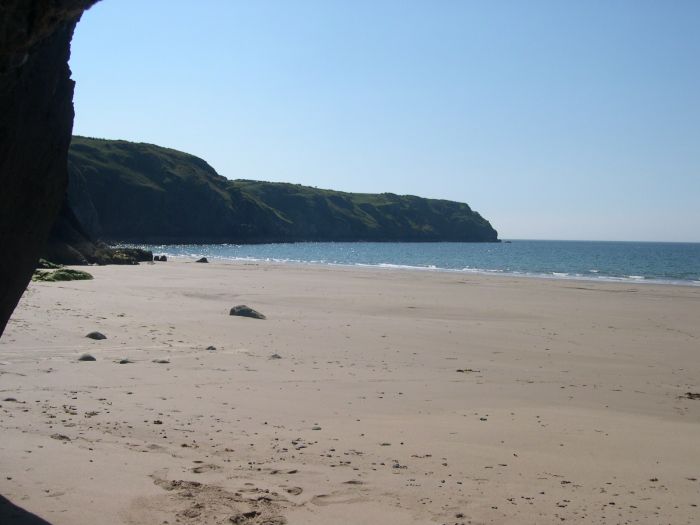
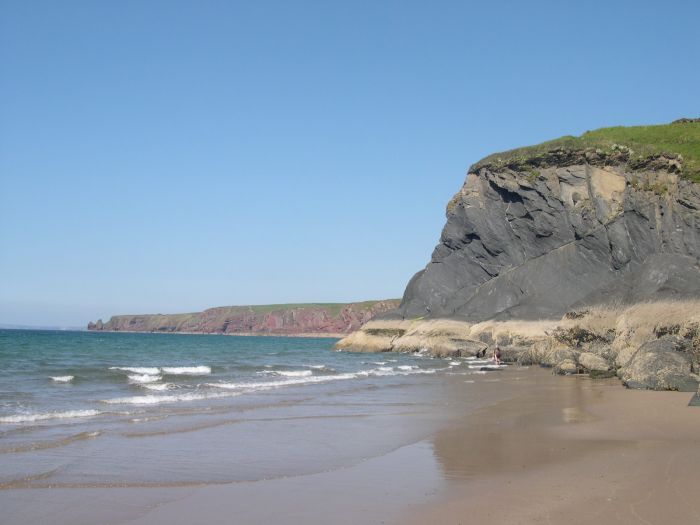
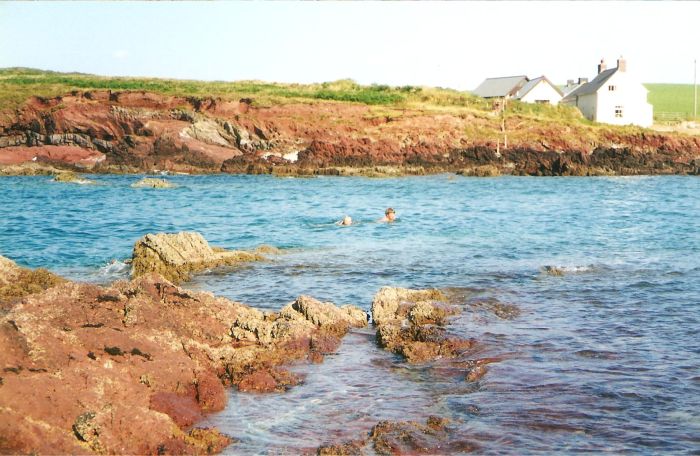
SEA CLIFFS
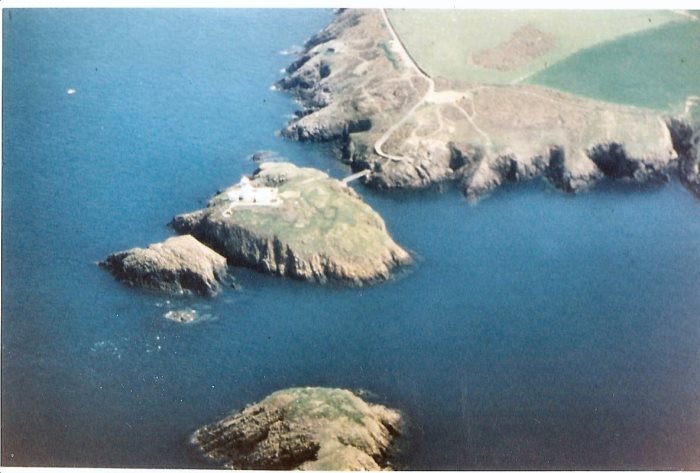
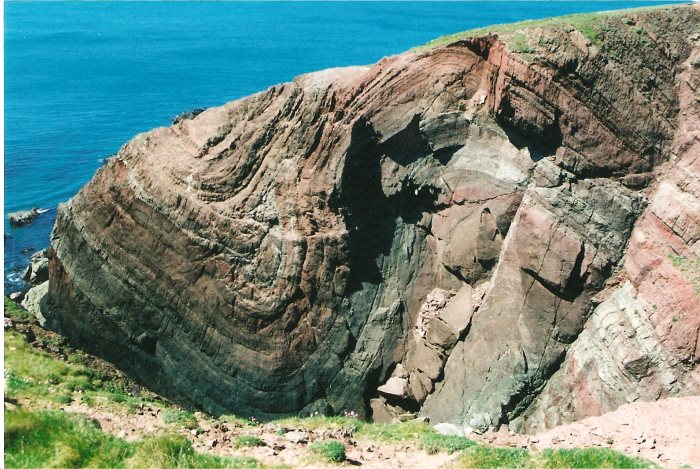
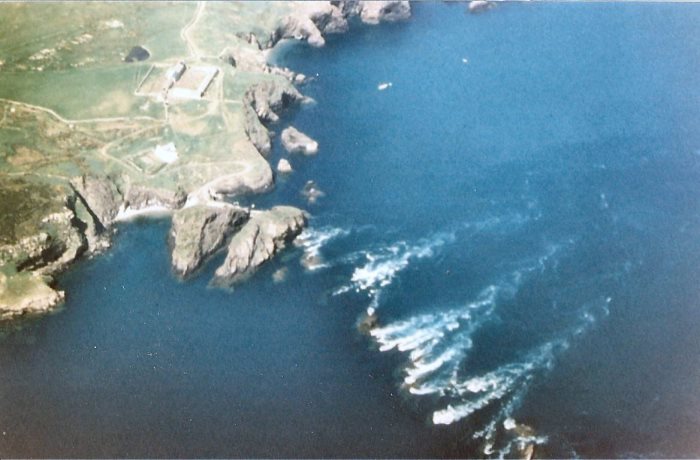
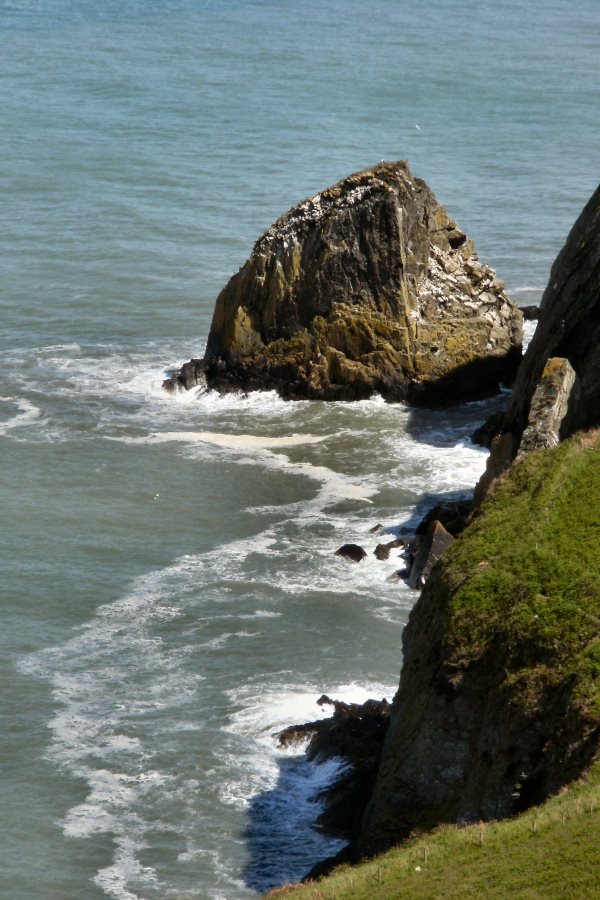
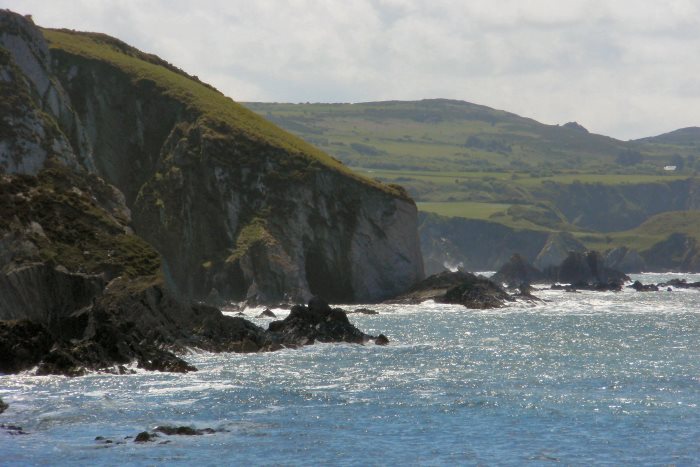

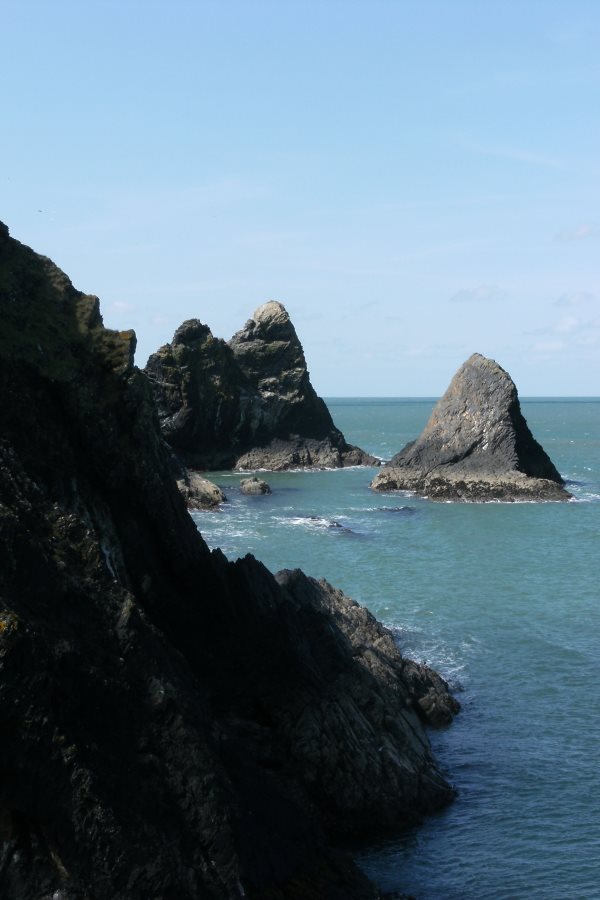
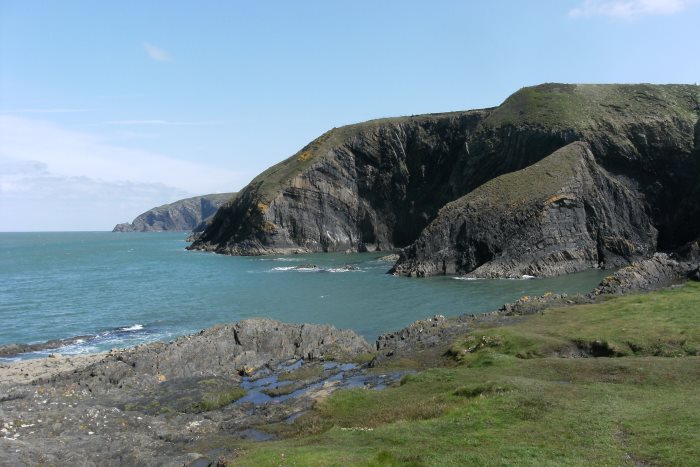
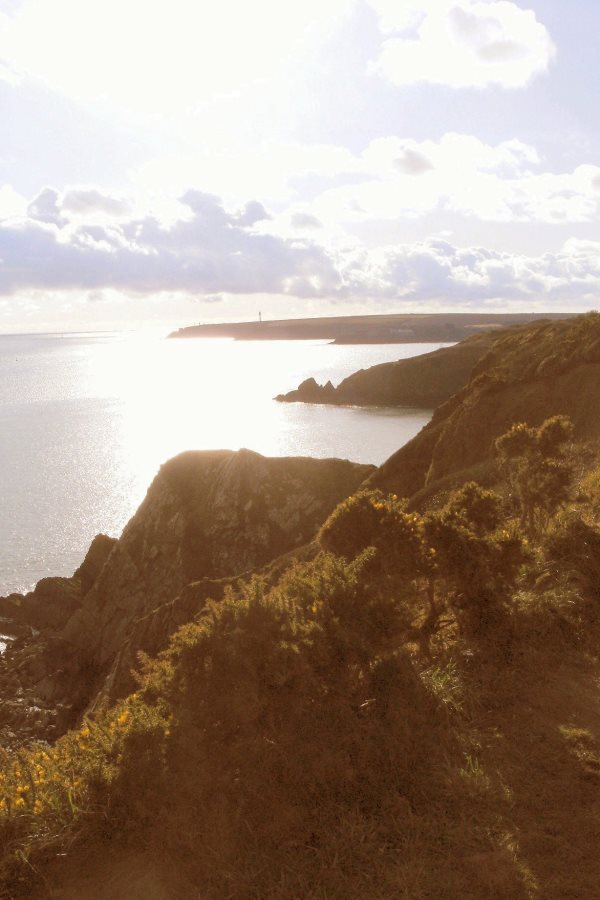
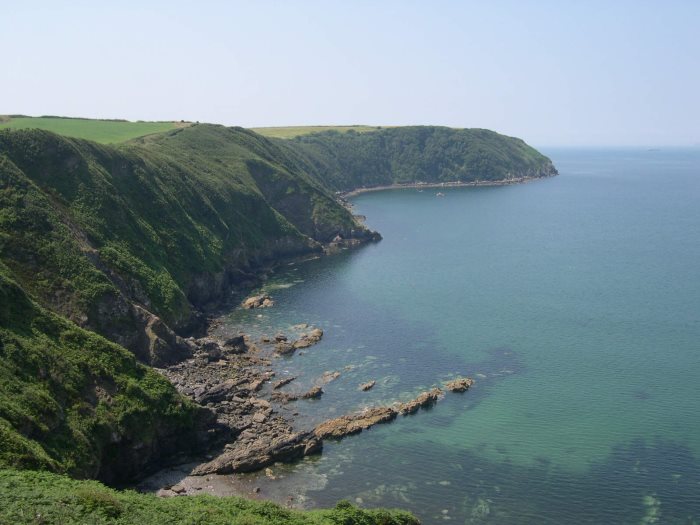


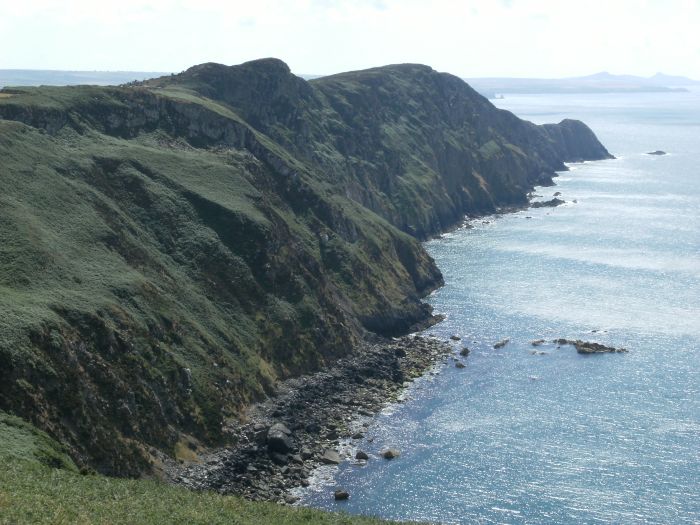
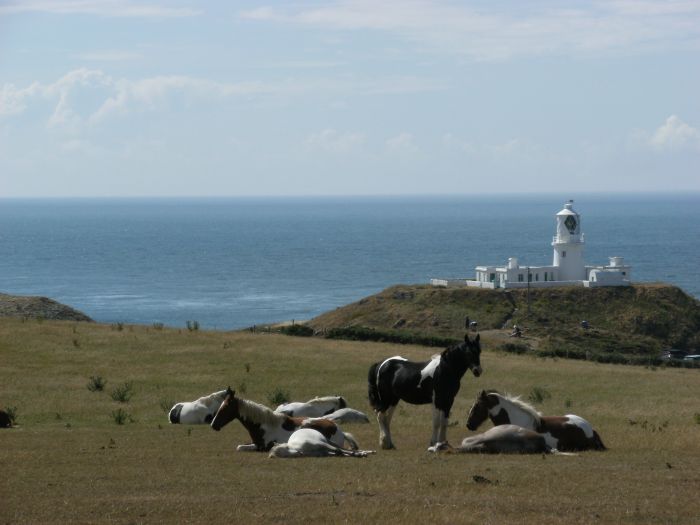

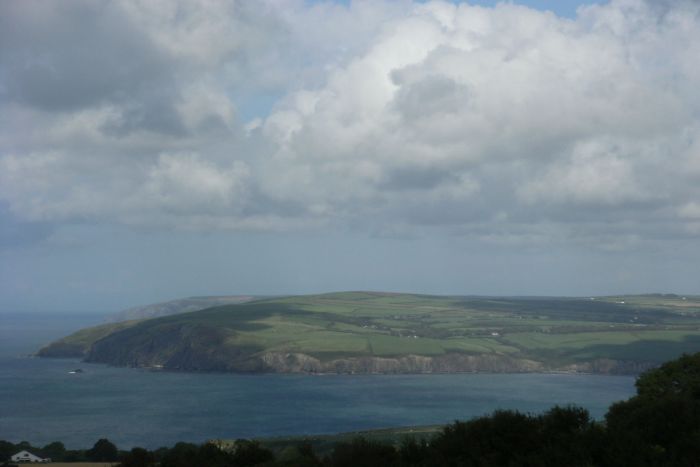
VISIT PENTRE IFAN – the most impressive Neolithic burial chamber in Wales. Located on the northern flanks of the Preseli Mountains near the town of Newport, this is portal dolmen facing south and built of Preseli bluestone. It has lost its cover of stone and earth but the courtyard at the south end is largely intact and is warmed by the sun. The capstone is supported on only three slender stones. The 17 foot long capstone weighs about 16 tons. Archeologists have dated it to around 4,000 years B.C.
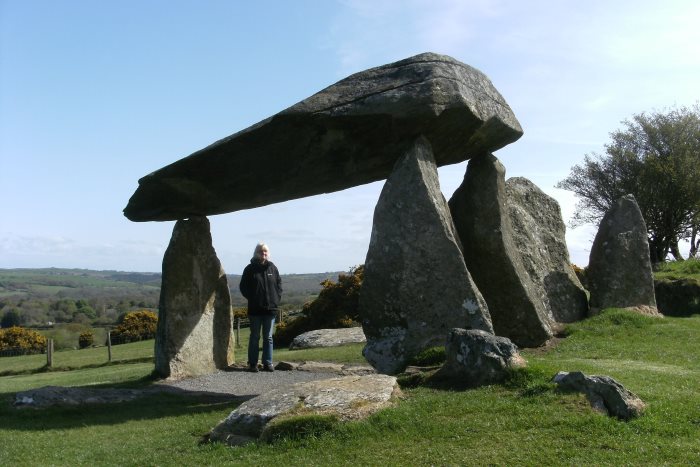

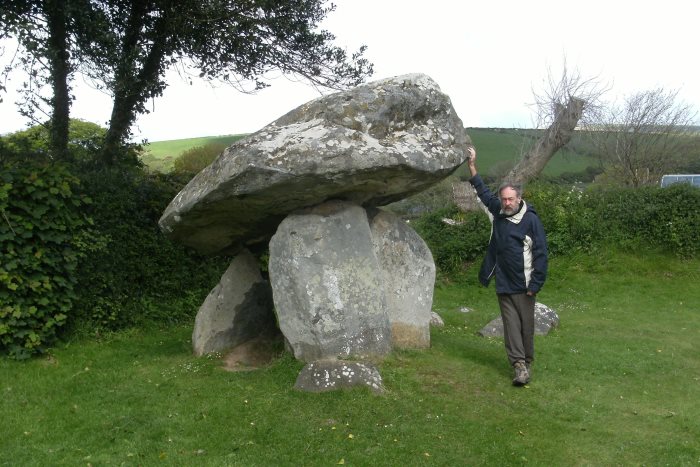
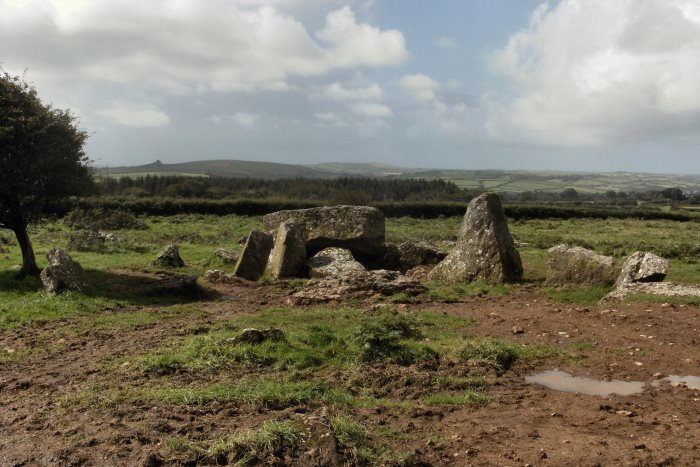
VISIT THE BRONZE AGE STONE CIRCLE OF GORSE FAWR. Located on the southern flanks of the Preseli Mountains with a magnificent panorama of the Preseli Ridge, this is a 16 stone circle with a diameter of 22 meters. The stones are of Preseli bluestone but stand only 1m tall. The circle is believed to have been built during the Bronze Age between the third and second millennium B.C.
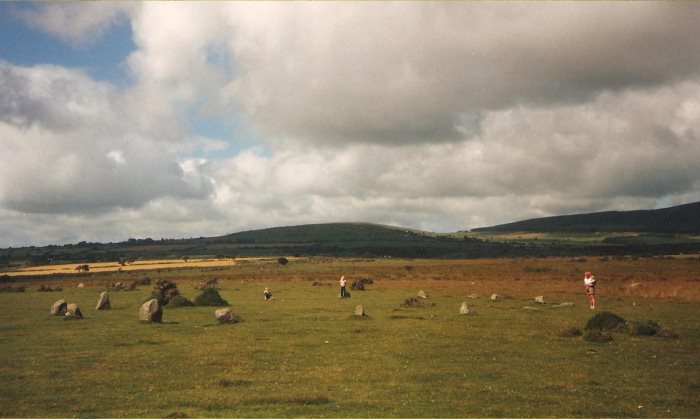

VISIT THE RECONSTRUCTED IRON AGE FORTIFIED SETTLEMENT OF CASTELL HENLLYS. Dating from the Age of The Celtic warrior, Castel Henllys (meaning Old Palace) is a small hill fort that was built about 500 years B.C. It was the home of the ruling Celtic warriors of that area who protected their farmlands and cattle from raids. The site has been extensively excavated. Parts of the defences and several Iron Age houses have been reconstructed on the sites of original buildings. The site is owned and run by Pembrokeshire Coast National Park and throughout the summer many activities centered on the Iron Age take place there making it a popular tourist destination.
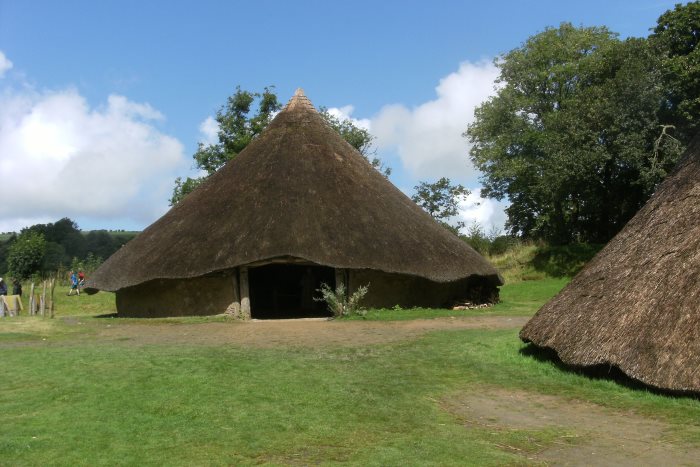
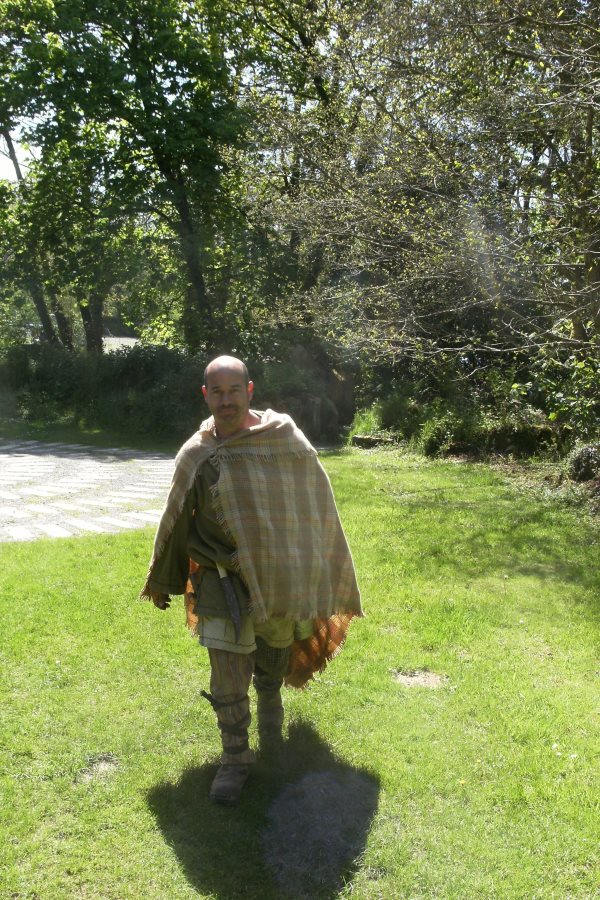
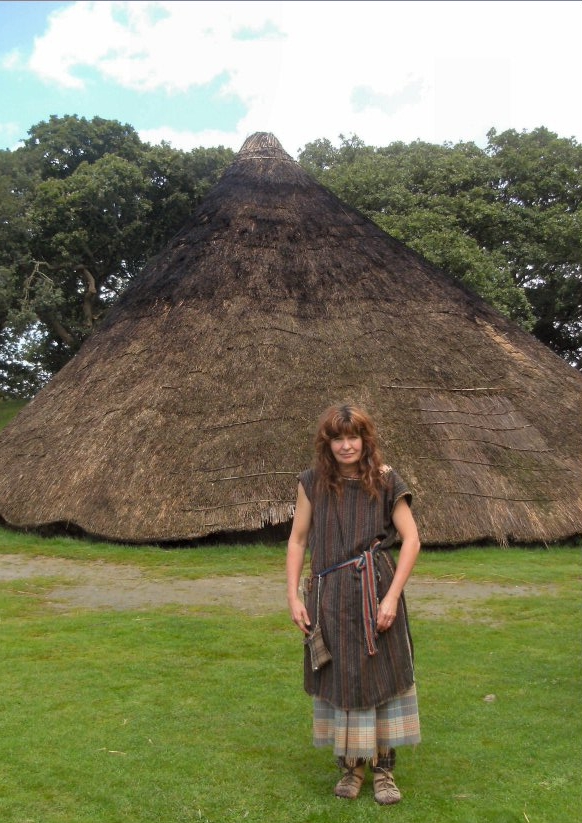

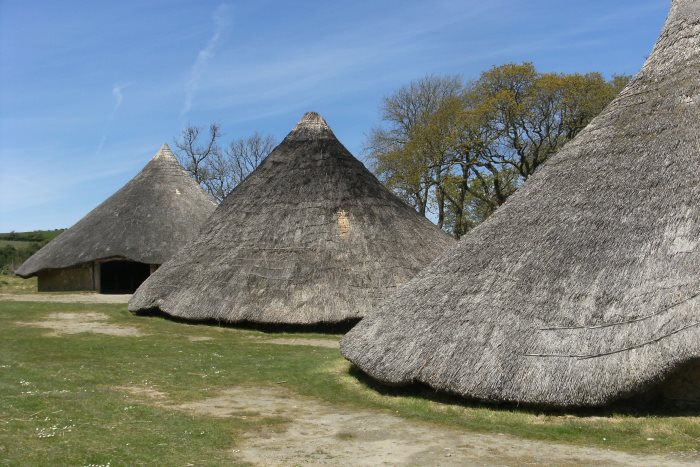
VIKING RAIDS. Note the many Viking names (Goodwick, Gelliswick, Musselwick, Goskar, Skomer (Skalmay), Skolkholm, Grassholm). The village of Hubberston near Milford Haven, was the site of Hubba the Viking’s winter settlement or “tun”, where with 2000 warriors and 23 ships he wintered in 877A.D., before sailing to Cornwall and being routed and killed there. Hubba is still remembered in local summer carnivals.
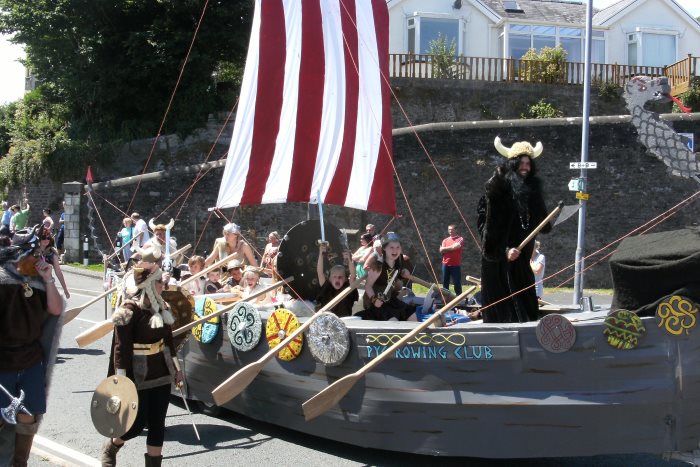

NATIONAL PARK SUMMER ACTIVITIES. The Pembrokeshire Coast National Park organises many summer activities for visitors. Details and dates can be found in their newspaper “Coast to Coast”. Only one example of many is is shown here.


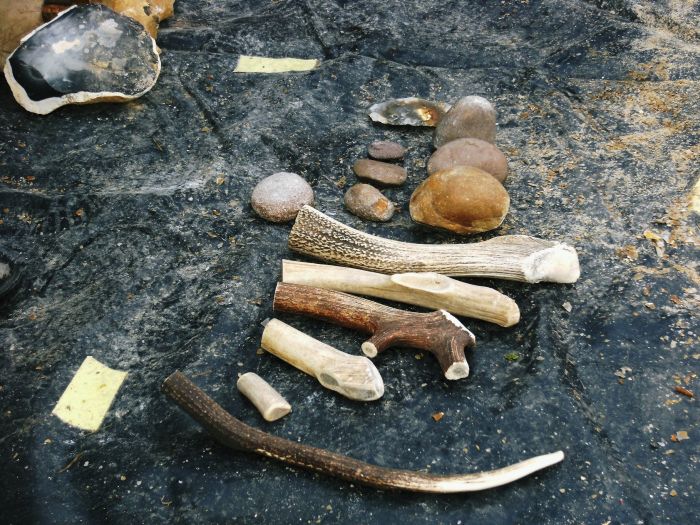
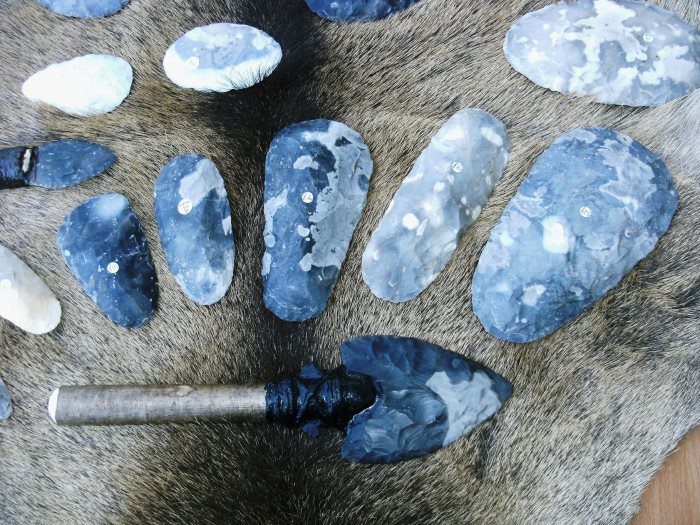
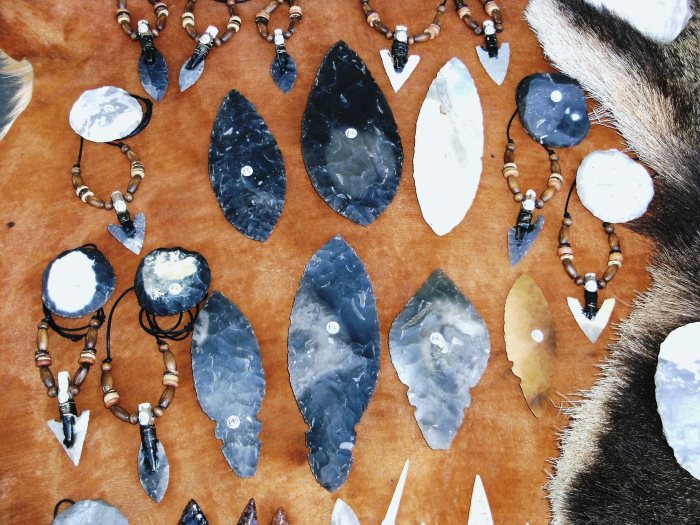
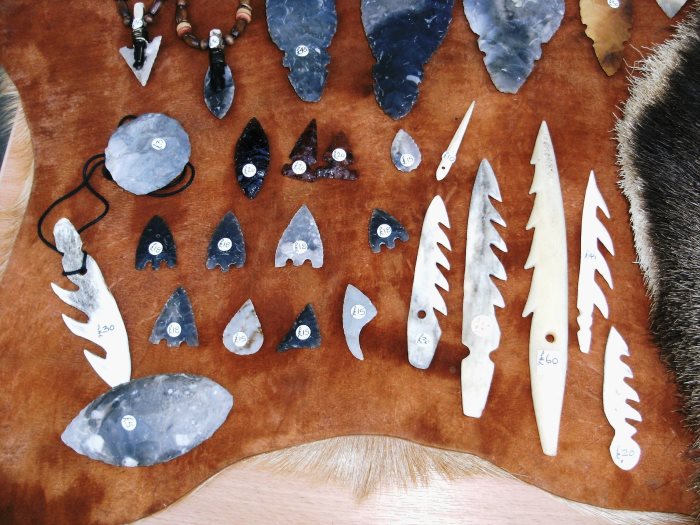
SEE THE CELTIC CROSSES AT NEVERN AND CAREW. These are fine examples of crosses from the late 10th to early 11th centuries and the “Age of Saints”. The Carew Cross is a royal memorial to Maredudd who in 1033 with his brother Hywel became joint ruler of the early medieval kingdom of Deheubarth or south-west Wales. Ten years later Maredudd was killed, so the date of the cross is known. A Latin inscription in a panel on the cross reads “(The cross of ) Margiteut (Maredudd) son of Etuin (Edwin)”.

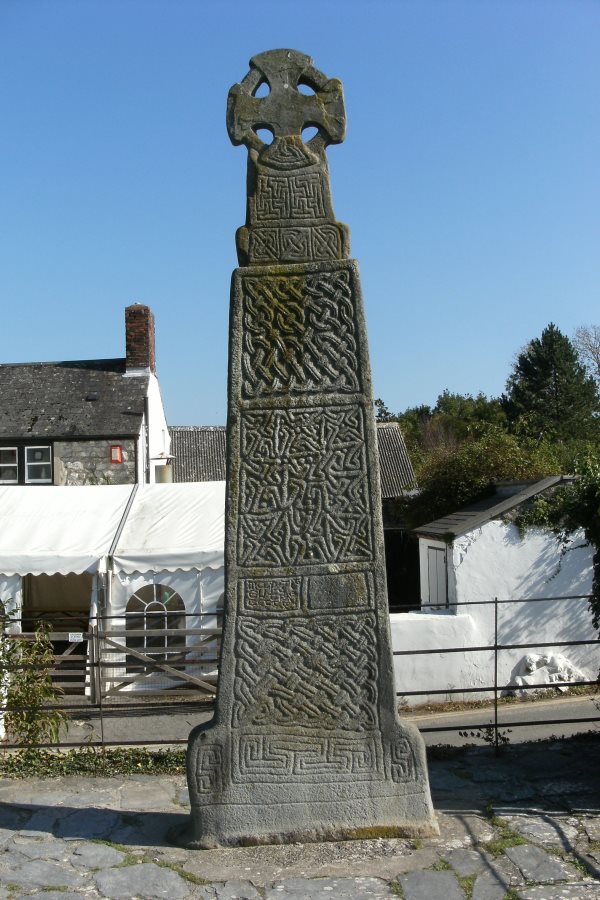
VISIT A NORMAN MOTTE AND BAILEY CASTLE AT WOLFSCASTLE
VISIT PEMBROKE CASTLE. For 300 years this was the main Norman stronghold of south Pembrokeshire and the birth place of Henry Tewdwr (Tudor). It was first established as a motte and bailey castle by Roger Montgomery in 1093. Work on the stone castle began under William Marshall in 1189 when he became Earl of Pembroke. The work lasted for 30 years. More building took place in later centuries and ownership changed hands several times. In 1648 Oliver Cromwell laid siege to the castle and captured it after 7 weeks. He ordered the castle destroyed. Restoration work on the ruins began in 1880 and again in 1928.
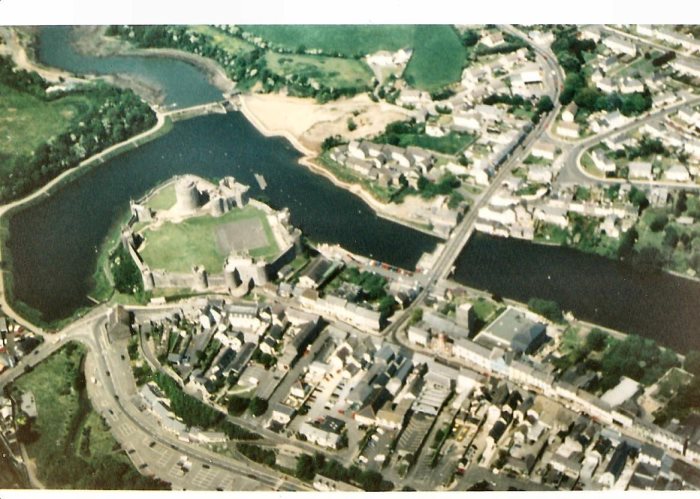
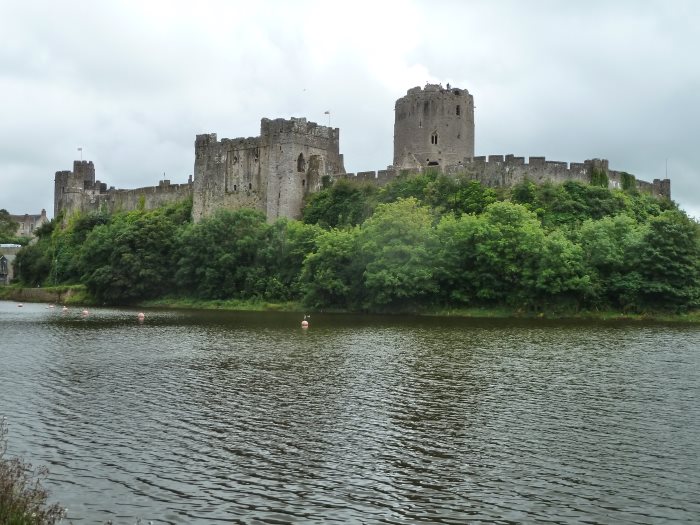


VISIT CAREW CASTLE. This was where Princes Nest and her children were kidnapped. A motte and bailey castle was constructed by Gerald de Windsor in 1100 on land he received as a dowry with his wife Princess Nest a former hostage and concubine to King Henry I. The castle long remained in the hands of the Carew family who built the stone castle visible today. In 1558 Sir John Perrot converted it into an Elizabethan mansion by knocking down the north-east tower and the north curtain wall and replacing them with a new northern range with typical Elizabethan great windows.
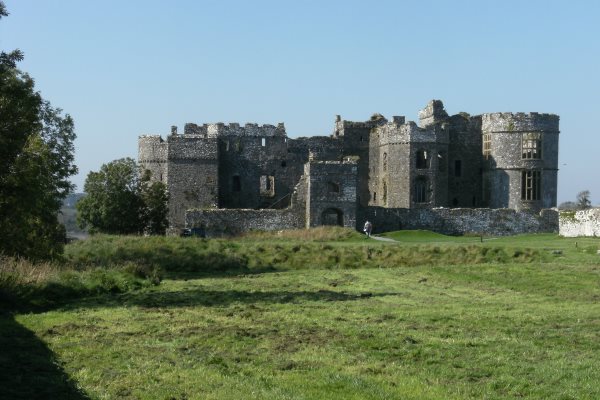
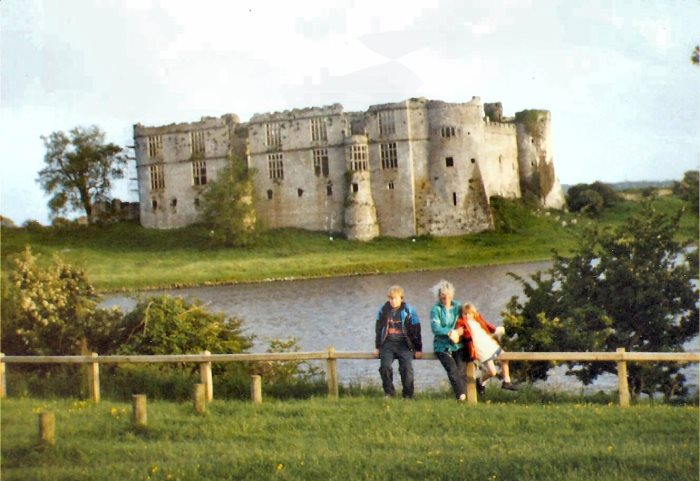
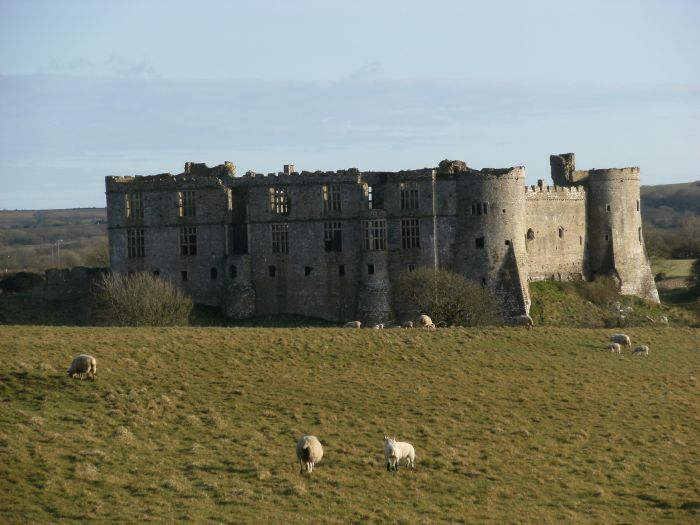
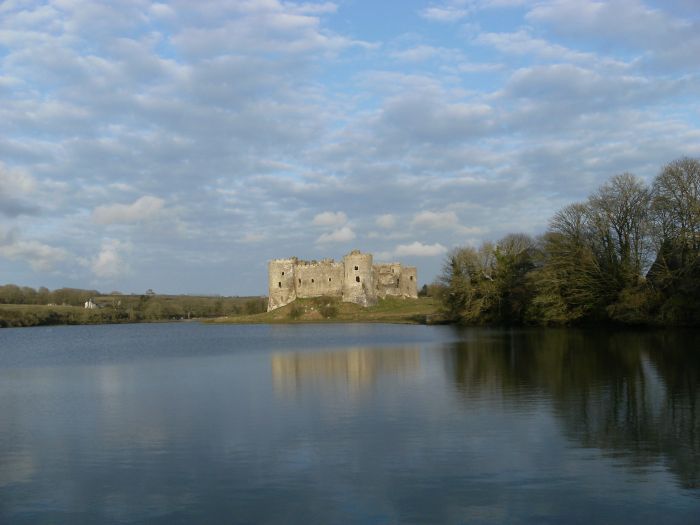
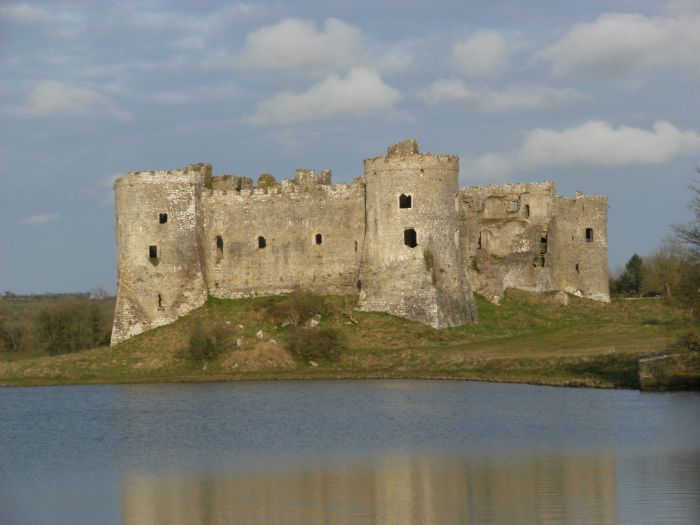
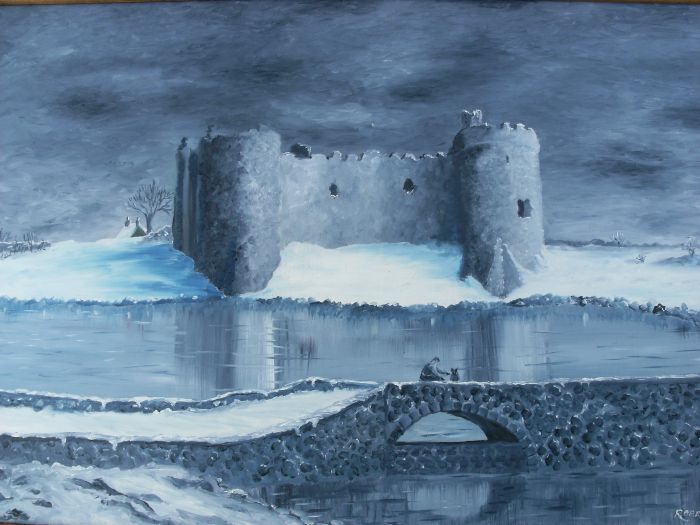
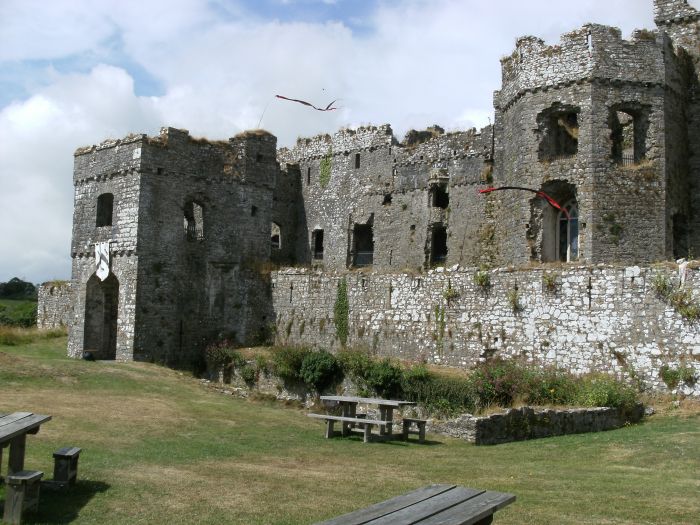
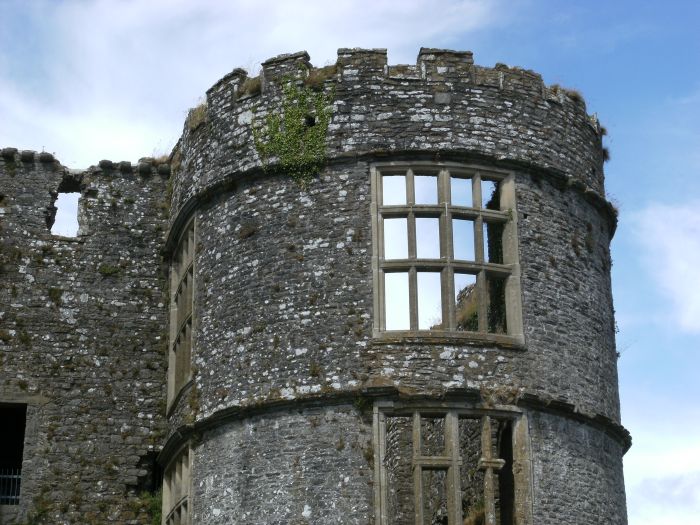



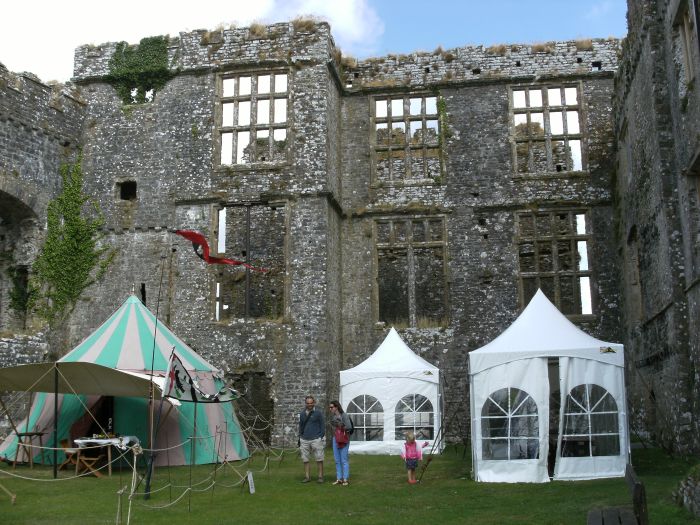
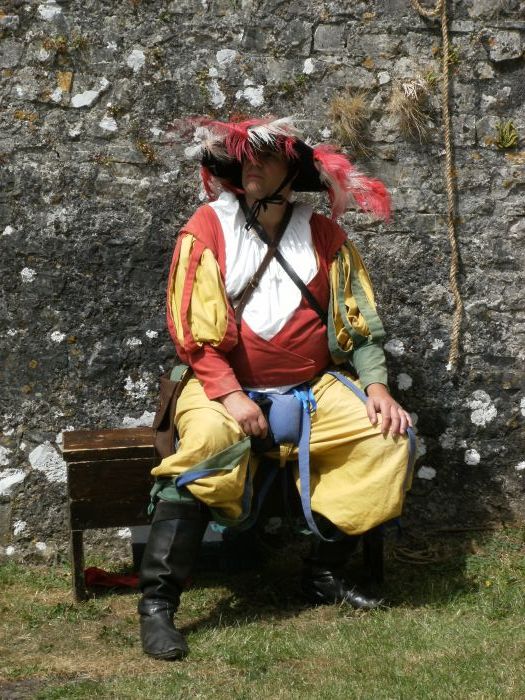
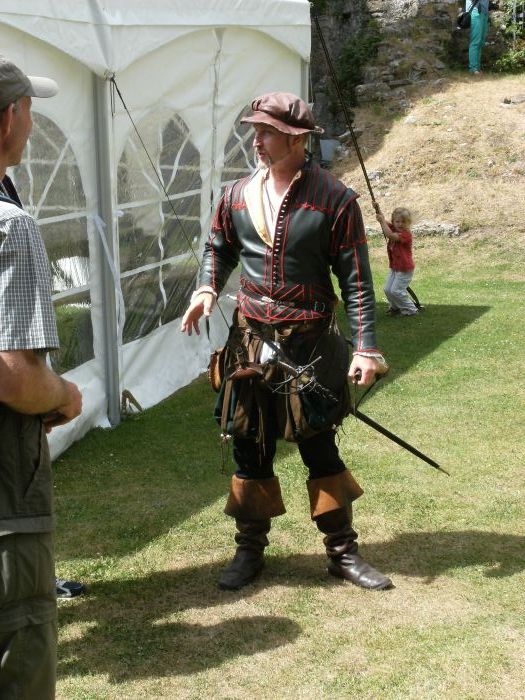
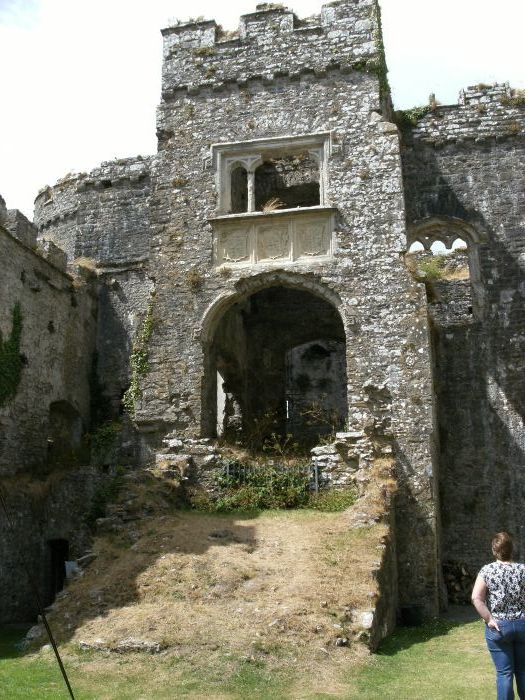
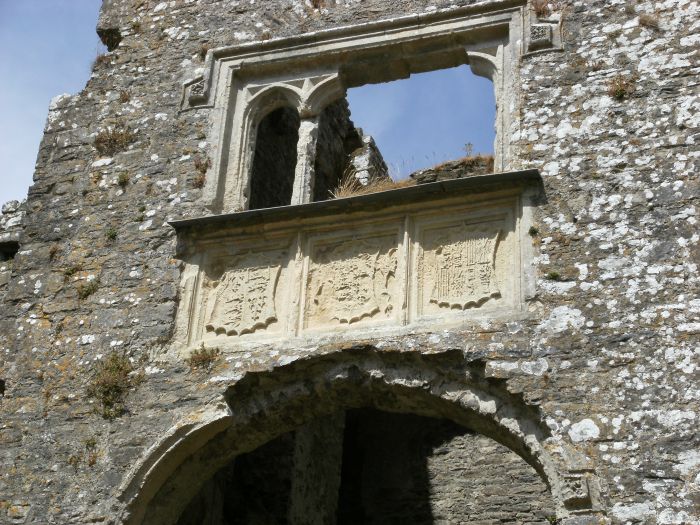

VISIT OTHER CASTLES

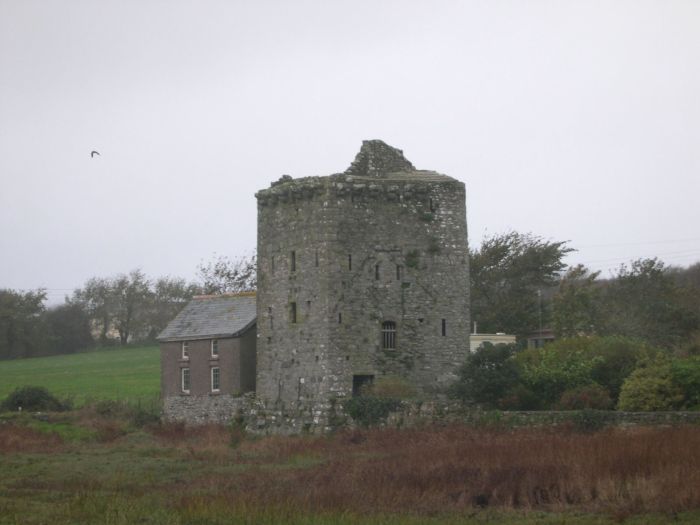
VISIT ST. DAVID’S CATHEDRAL. The present large cruciform cathedral dates from 1176 and occupies the site of a 6th century monastery established by St.David (Dewi Sant) – Patron Saint of Wales. The monastery was raided over a dozen times and the settlement burned three times by Vikings between 800 and 1100 AD. The Vikings murdered two Bishop of St. Davids in 999 and 1080 AD despite the site being hidden in a deep valley. The cathedral is filled with tombs of past bishops and effigies of leading Welsh figures. William the Conqueror visited with his army in 1081.
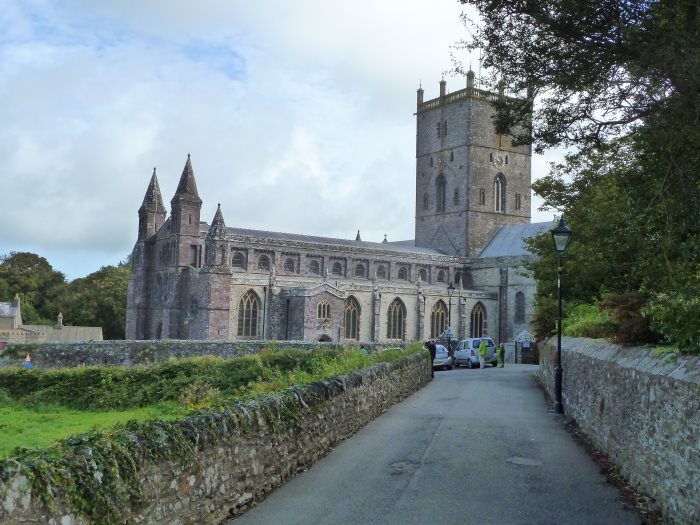
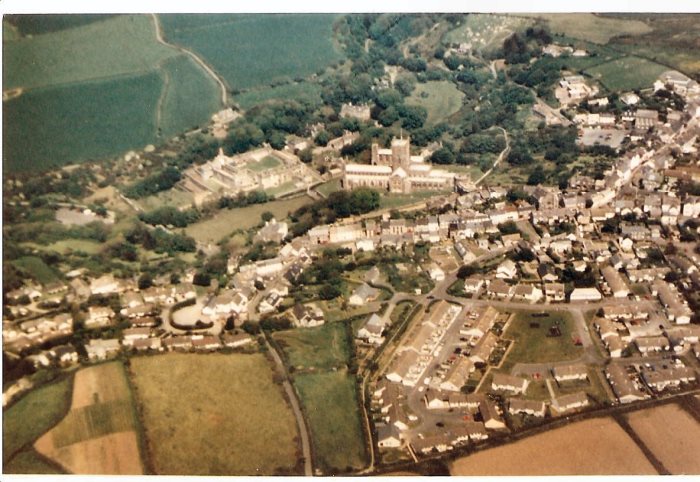
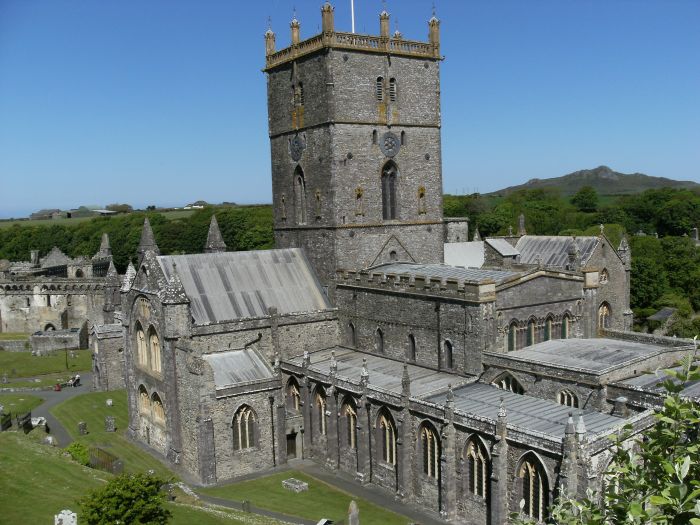
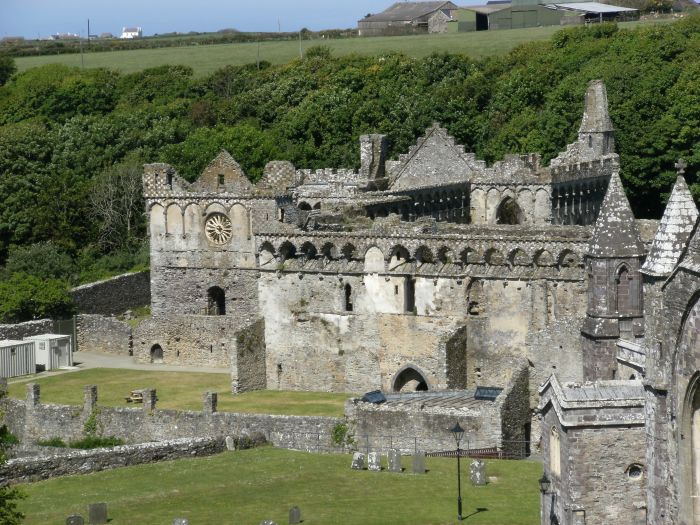
VISIT NORMAN CHURCHES WITH VASTLY TALL BATTLEMENTED TOWERS. These were used as lookouts to warn about warring Welshmen. A very good example is Carew Cheriton Church.

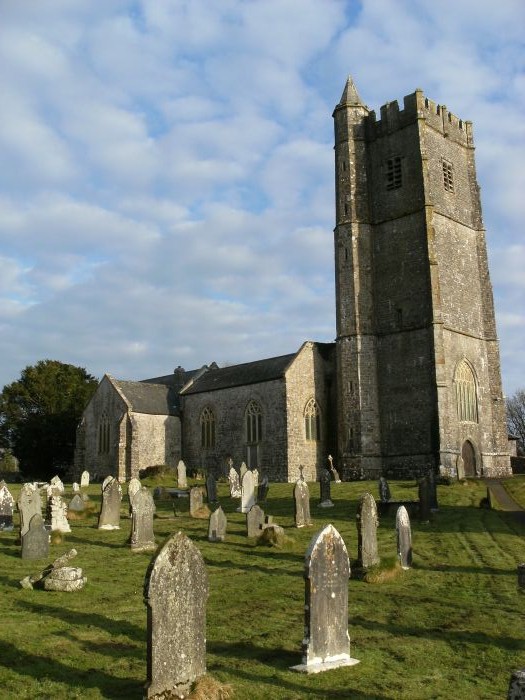
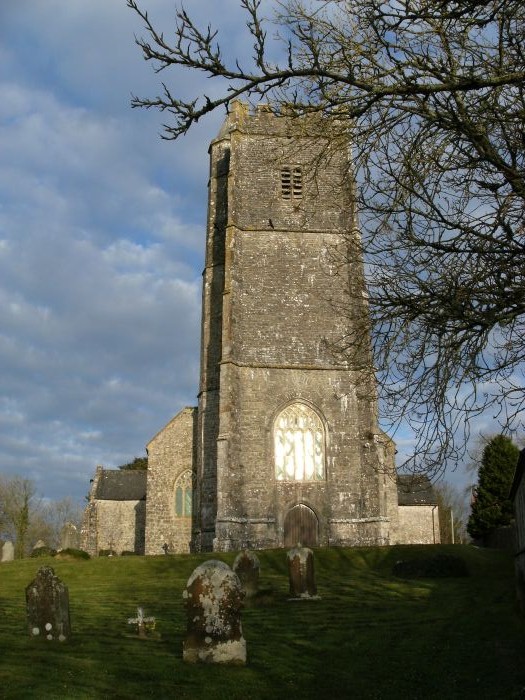
VISIT RUINED PRIORIES. Throughout England, Wales and Ireland a total of 825 religeous communities were dissolved and their monasteries, priories, convents and friaries and their vast lands sold off between 1536 and 1540. This was the dissolution ordered by King Henry VIII (1509-1547) who broke with Rome and became head of the Protestant Church of England.

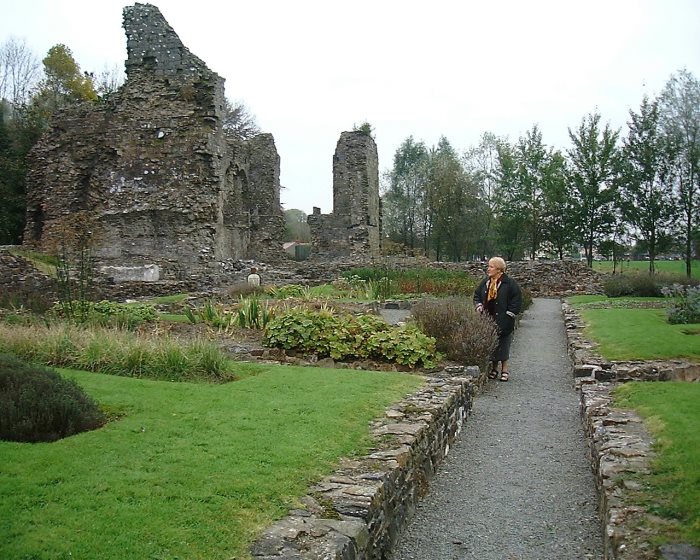
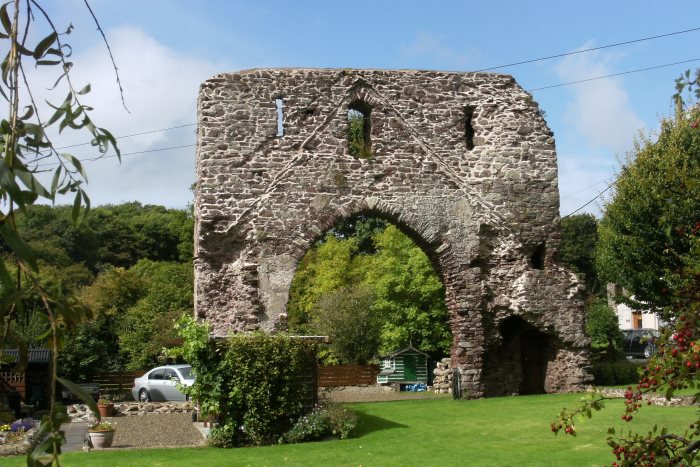
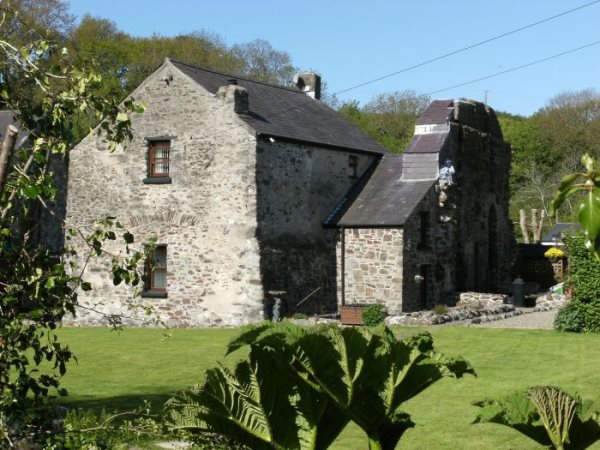
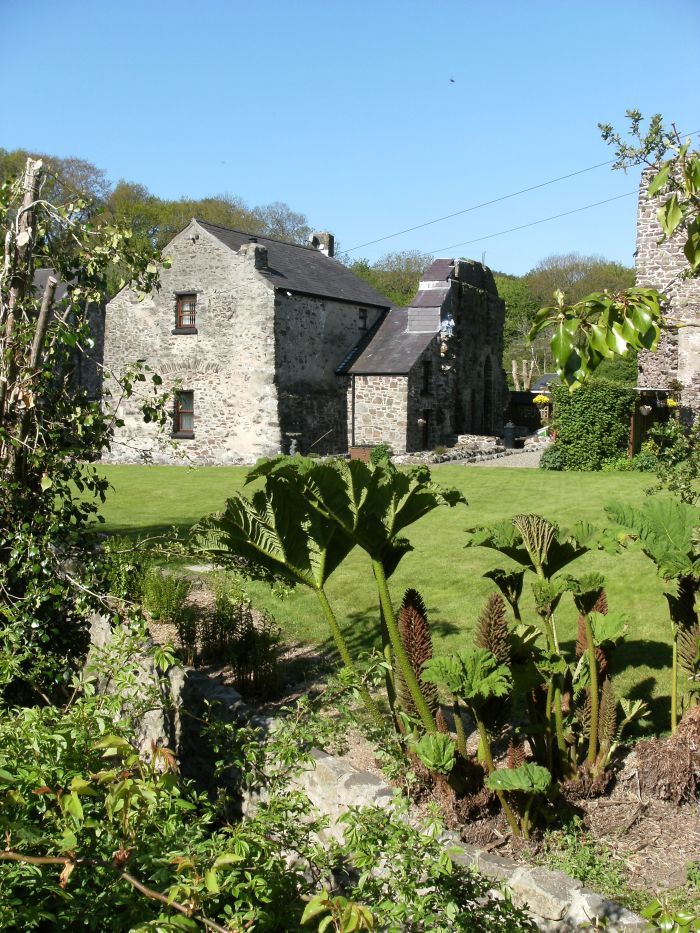
VISIT THE PRESELI MOUNTAINS (MYNYDD PRESELI). Try the Bronze Age trail “the Golden Route” along the smooth mountain ridge. The six mile long east to west ridge of the Preseli Mountains contains one of the greatest densities of surviving Neolithic, Bronze and Iron Age remains in Wales. The ancient trail along its crest is a fine walk in summer both by day or by night, but care needs to be taken as the cloud cover can descend rapidly.



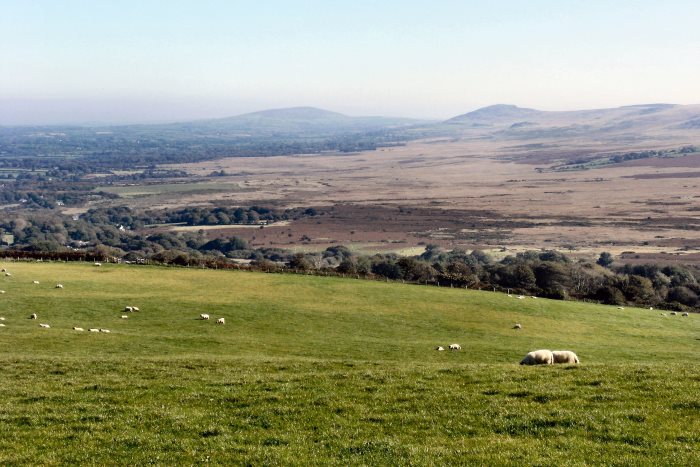
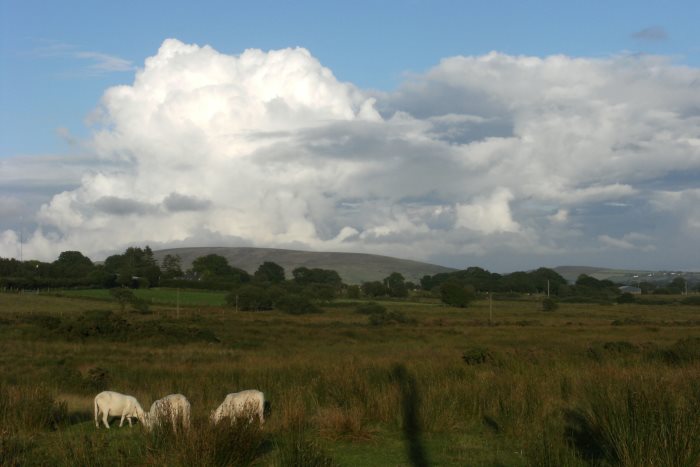
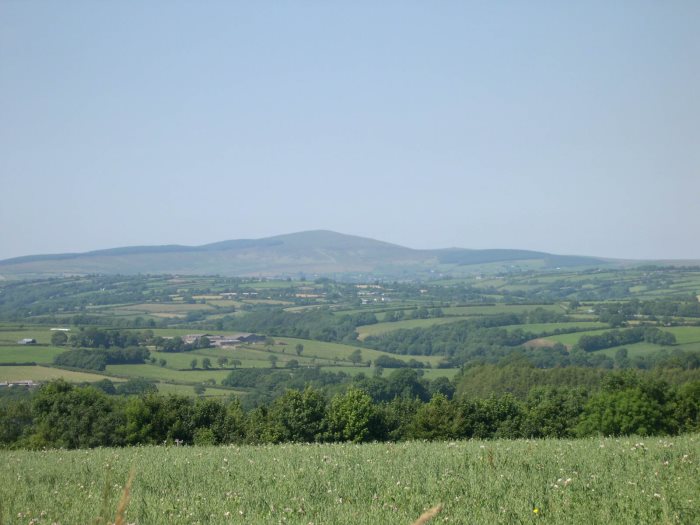
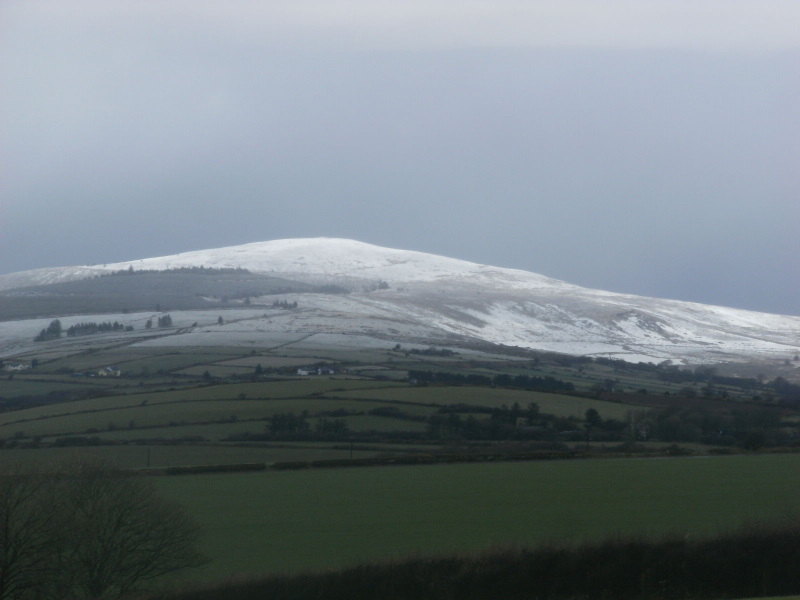
HORSE RIDING. At Druidston and in the Preseli Mountains.

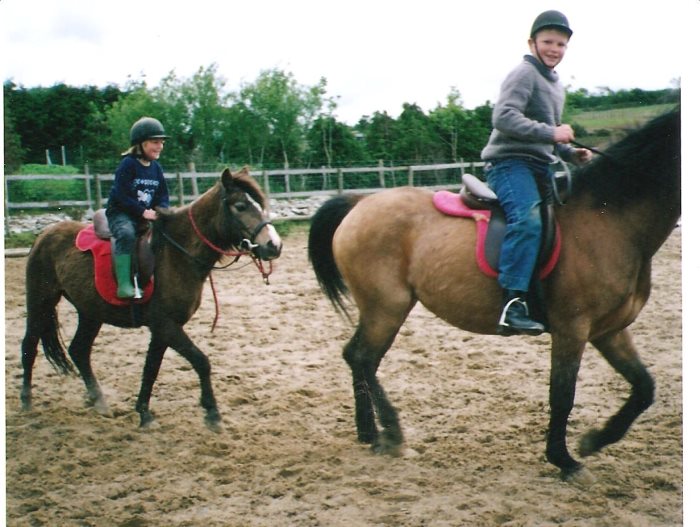
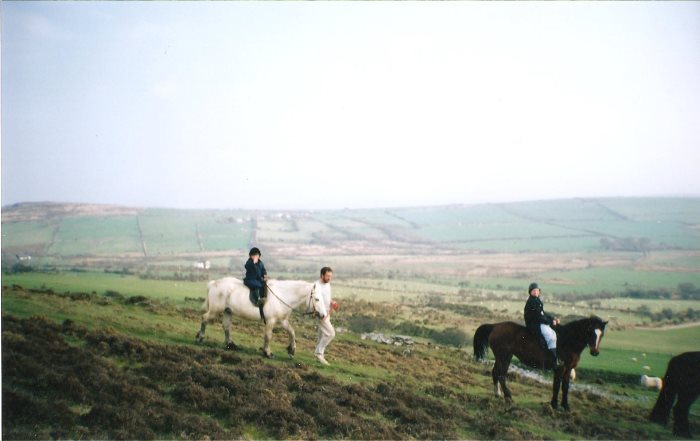
SURF AT NEWGALE. Wet suits can be hired there.
SNORKLING AND SCUBA DIVING

GO MACKEREL FISHING. We have always done best in boats from Solva and St. David’s.
A BOAT TRIP TO RAMSAY ISLAND
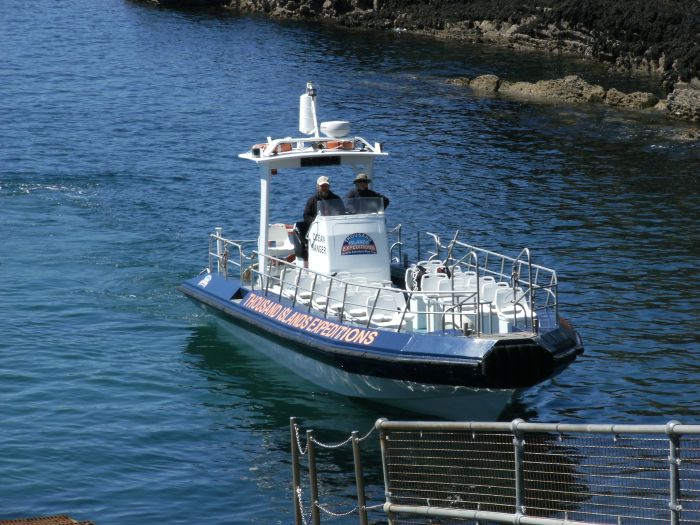
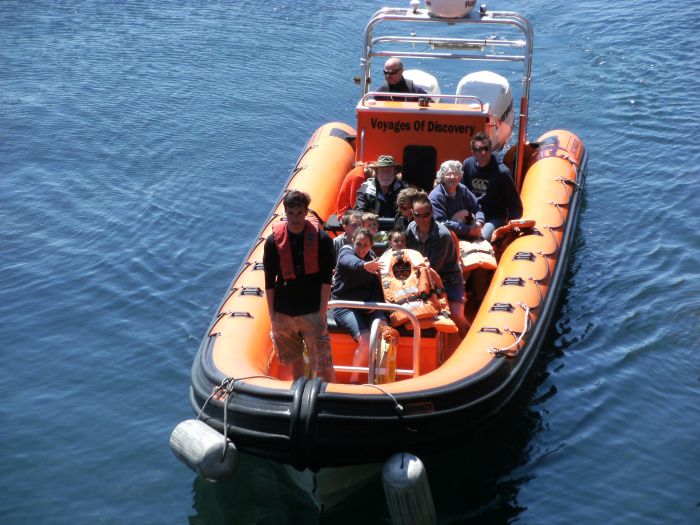
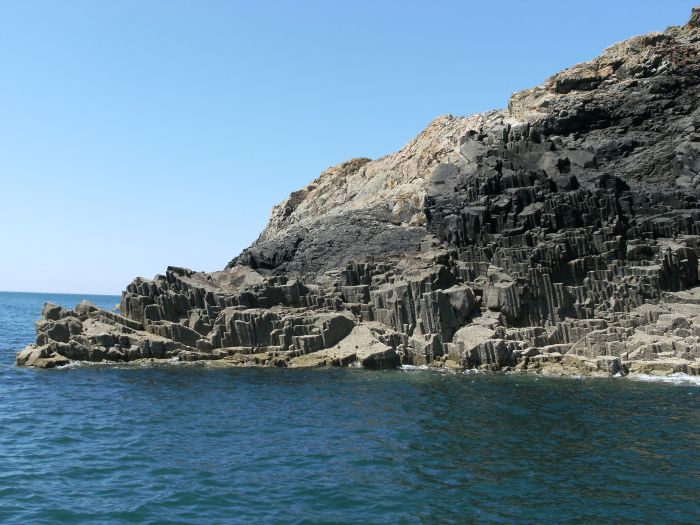
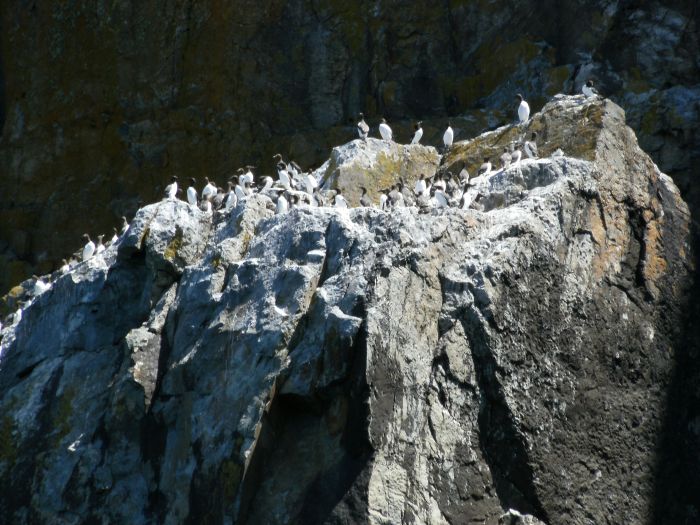
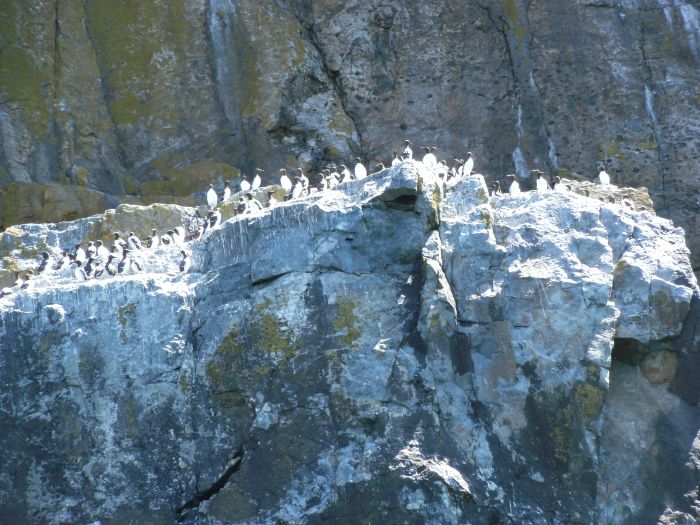
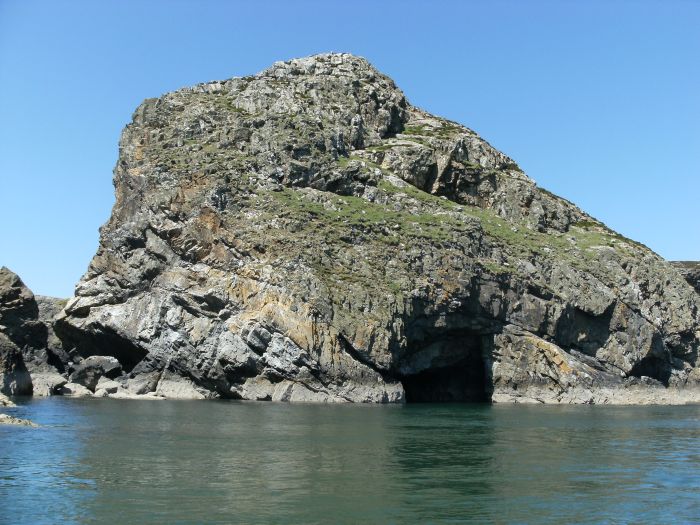
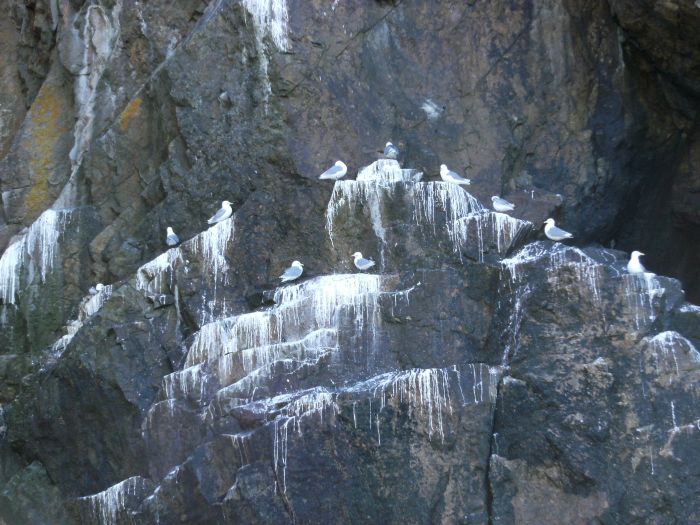

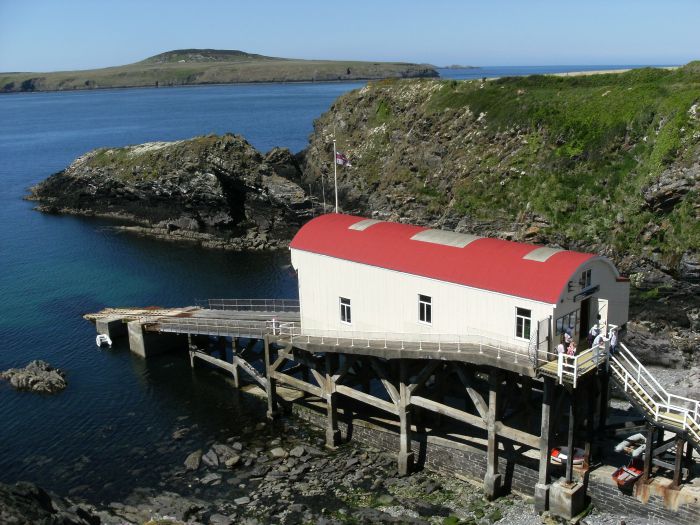
A BOAT TRIP TO SKOMER ISLAND. May photographs courtesy of Mrs Heidi James

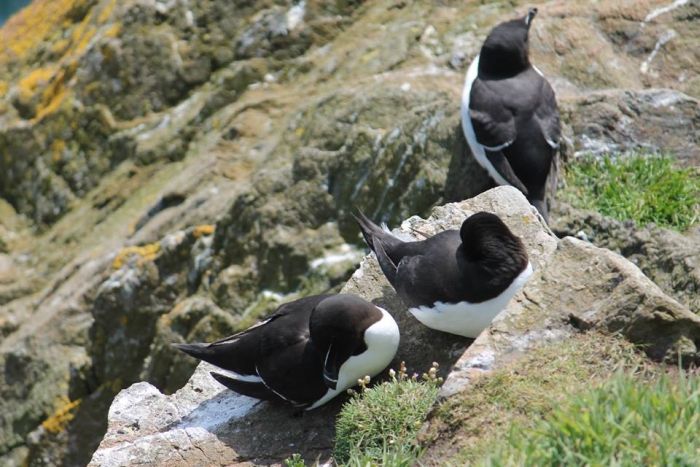

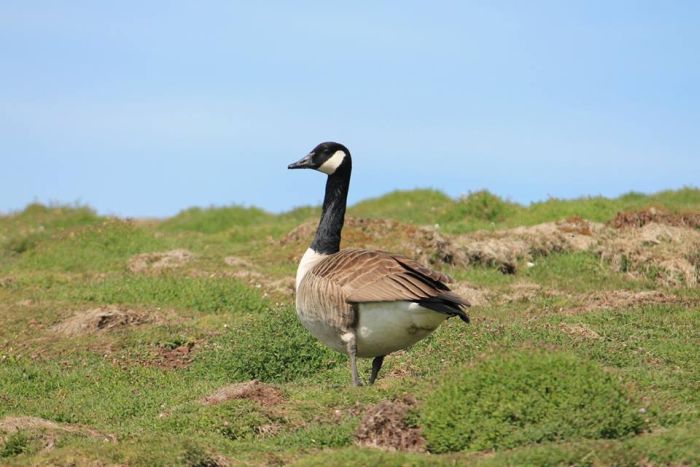






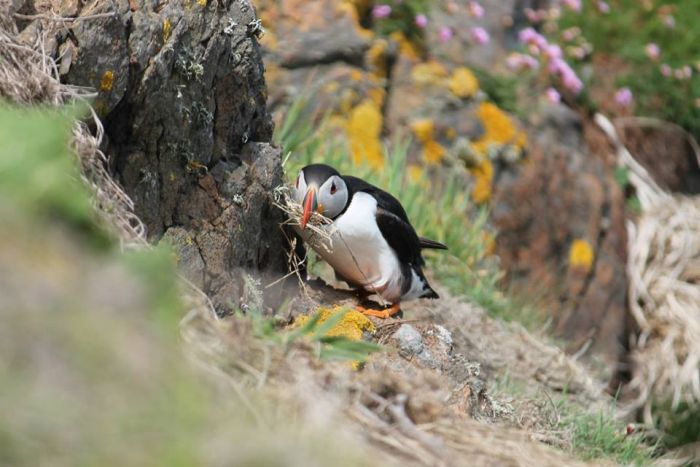
VISIT THE SOUTH COAST LIMESTONE CLIFFS. “The Green Bridge of Wales” is in the limestone cliffs on the south coast.
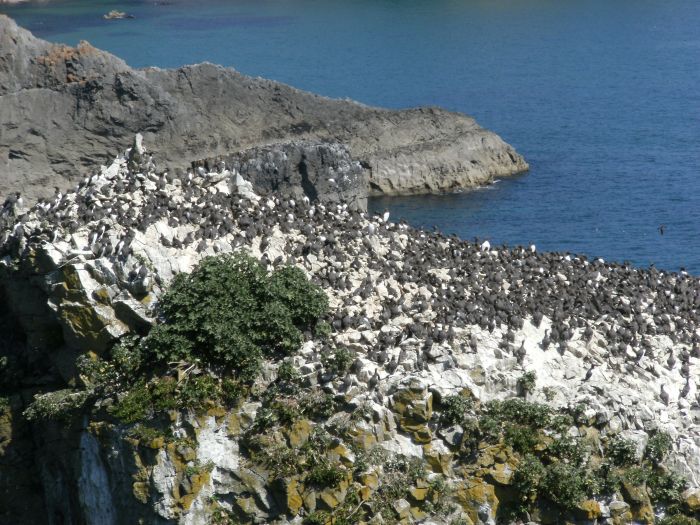



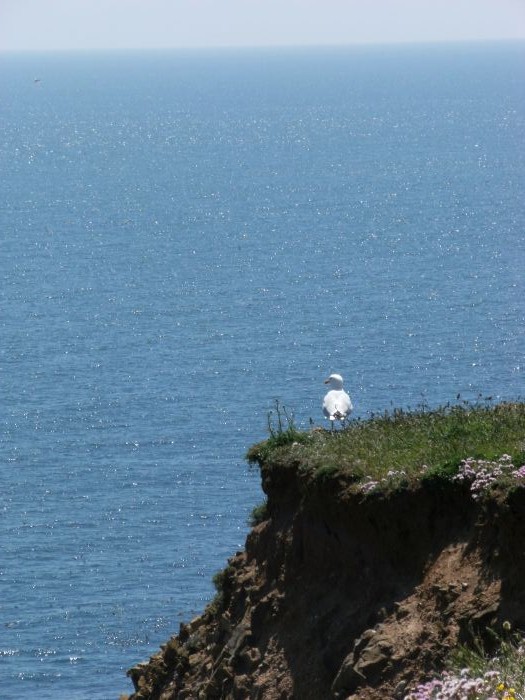
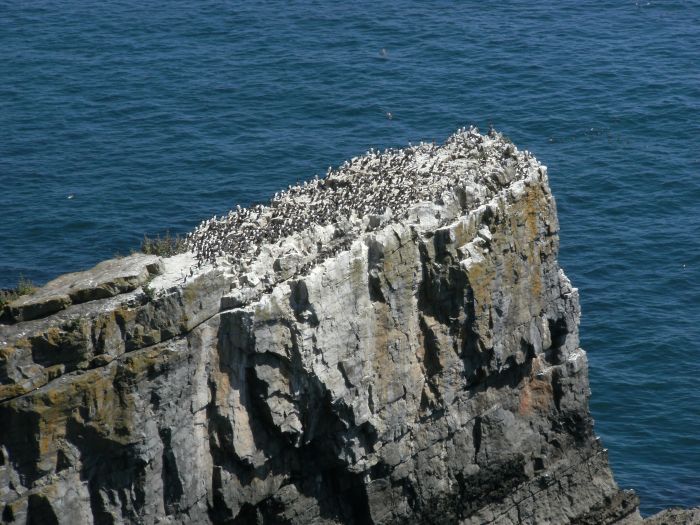
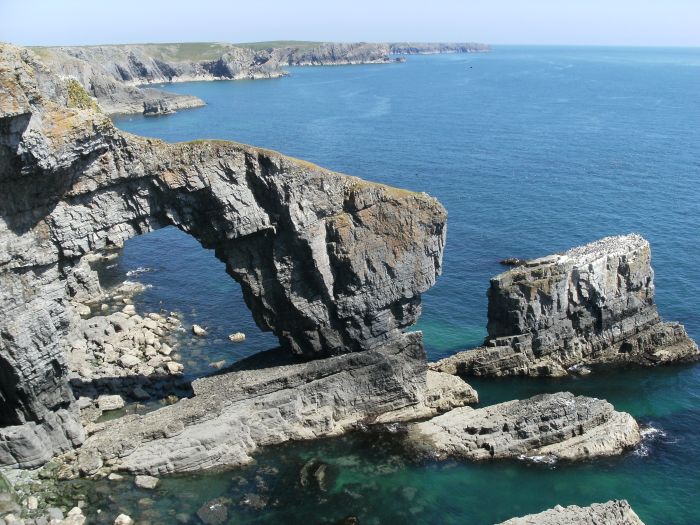
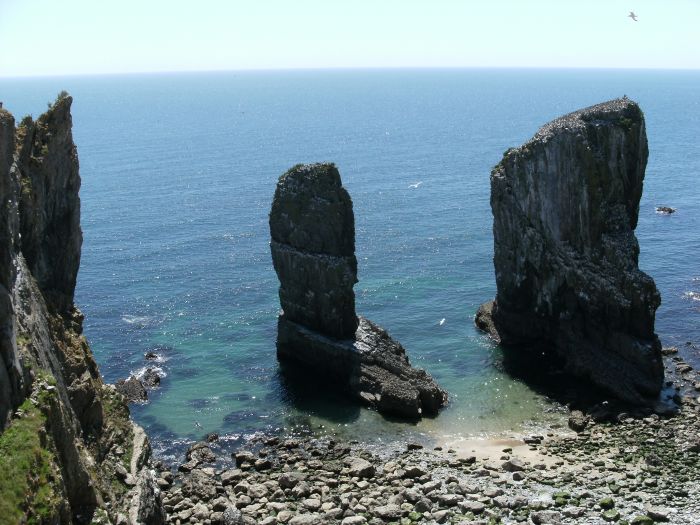

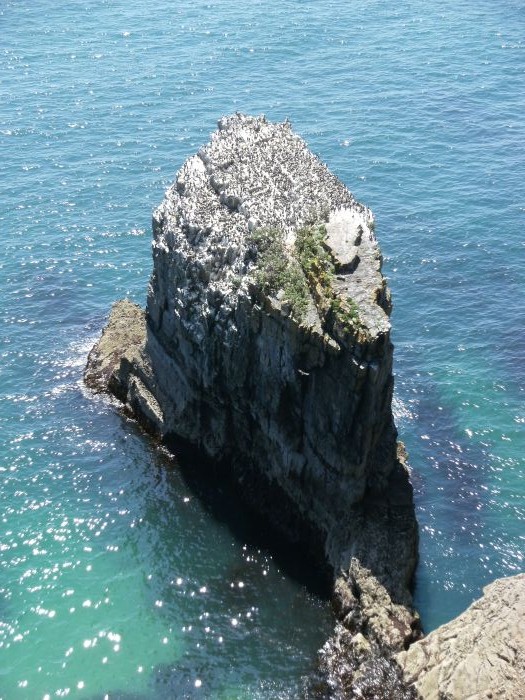
TAKE SOME DINOSAUR PIX

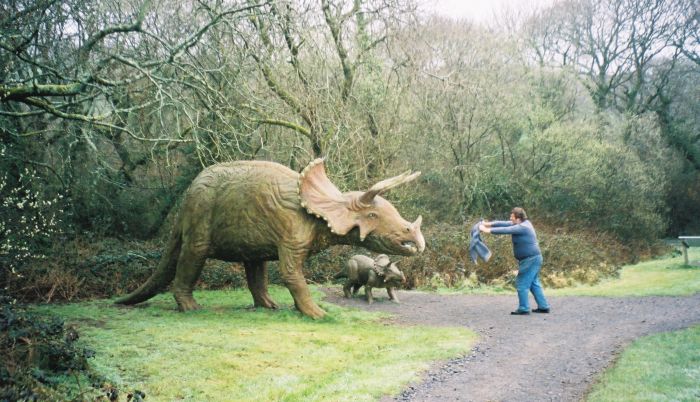
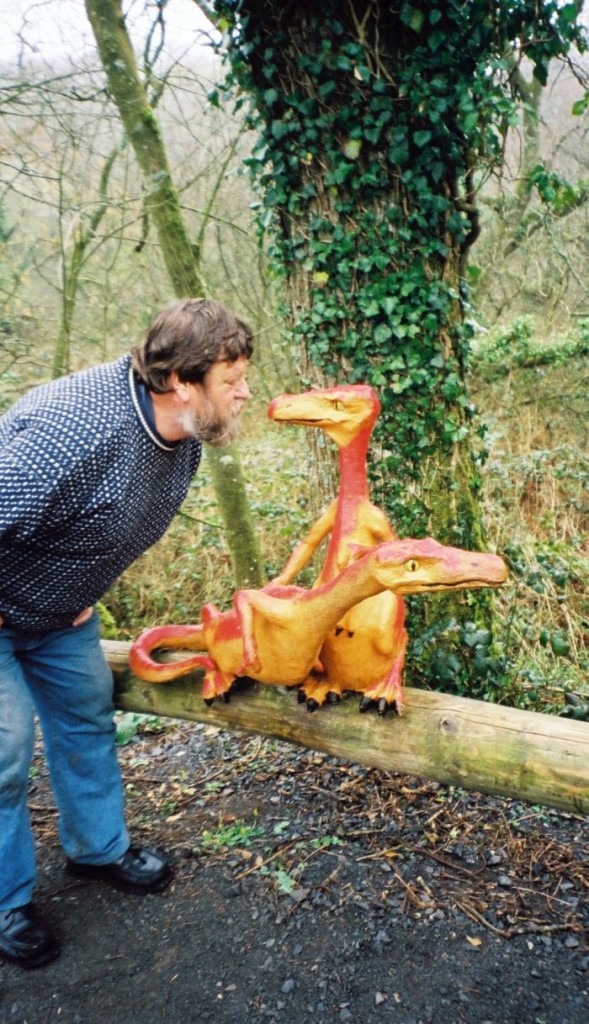
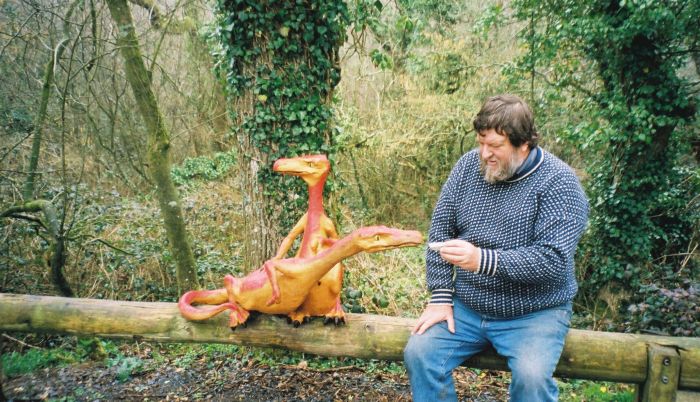
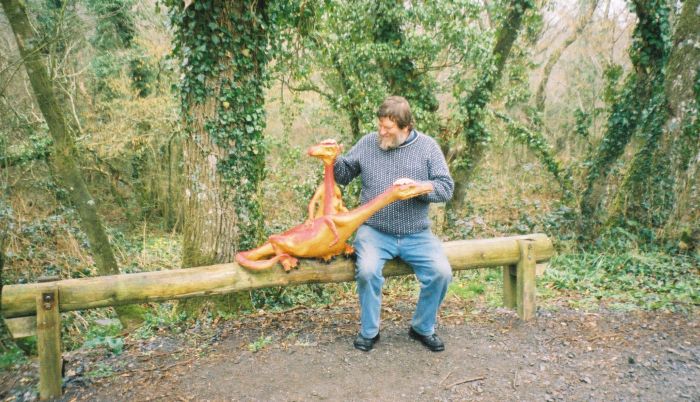
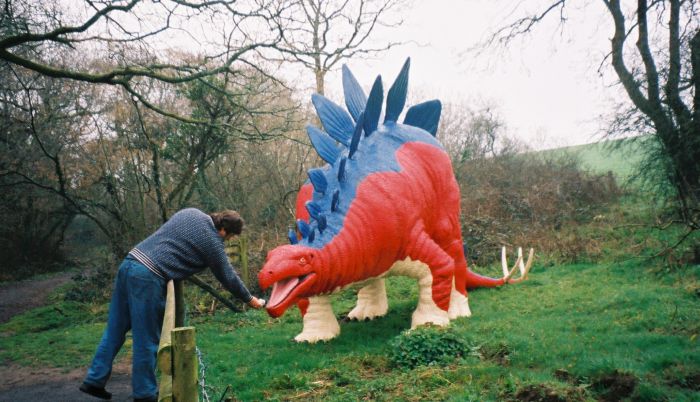
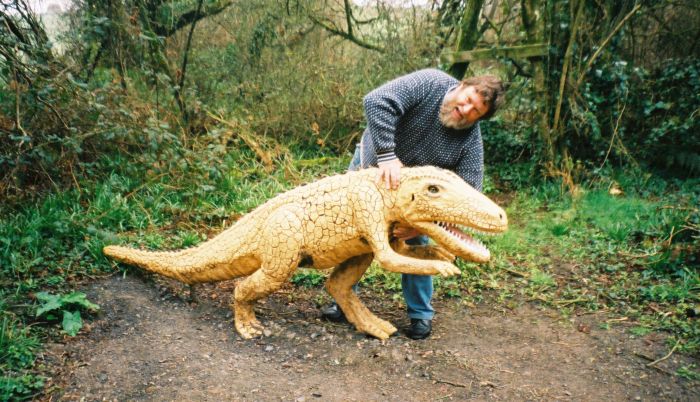

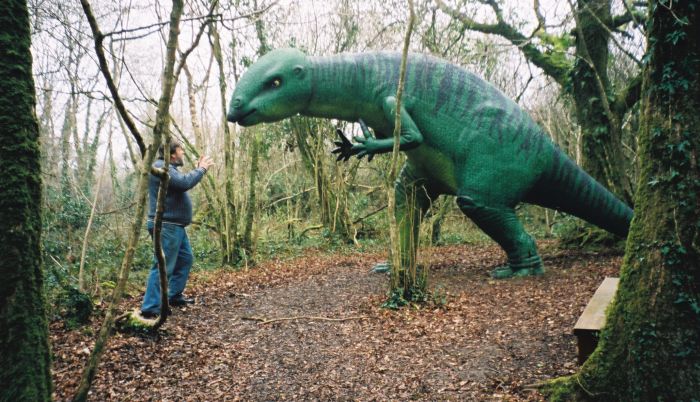

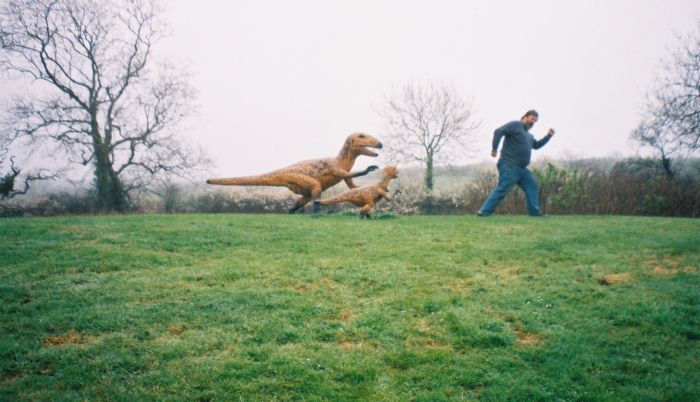

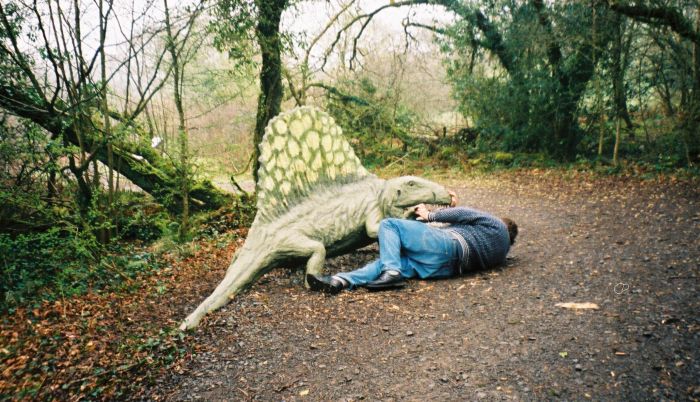
SHIP SPOTTING
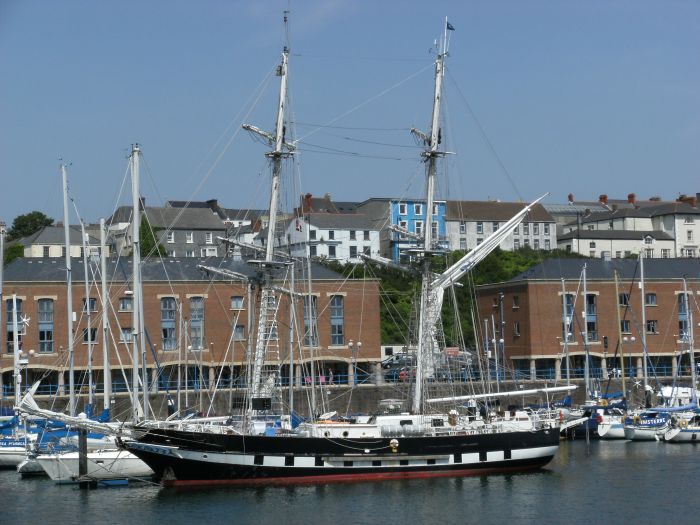
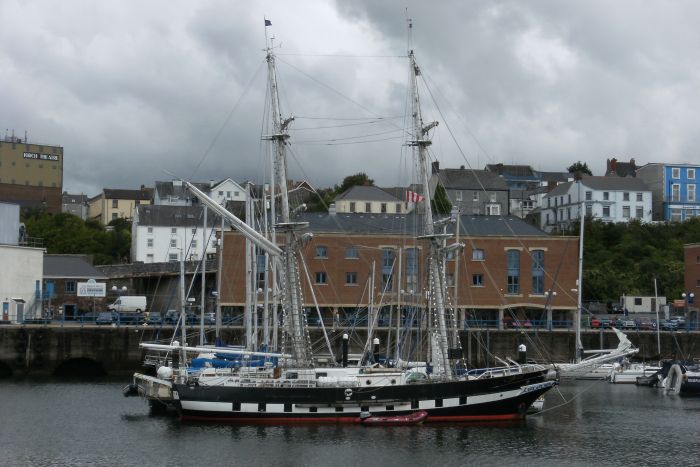
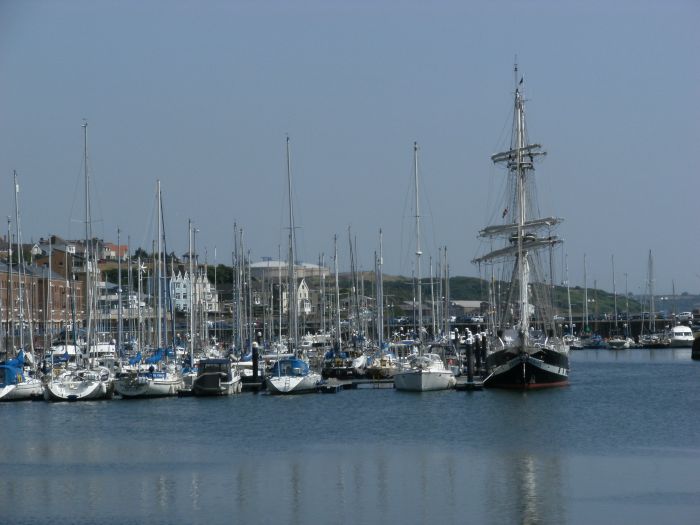


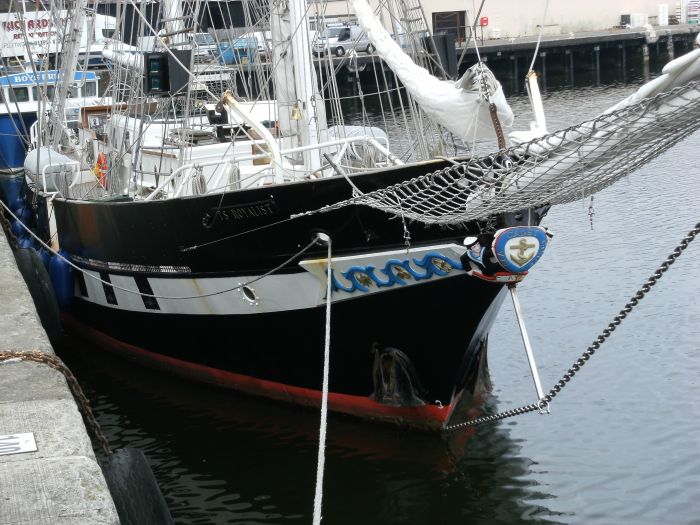
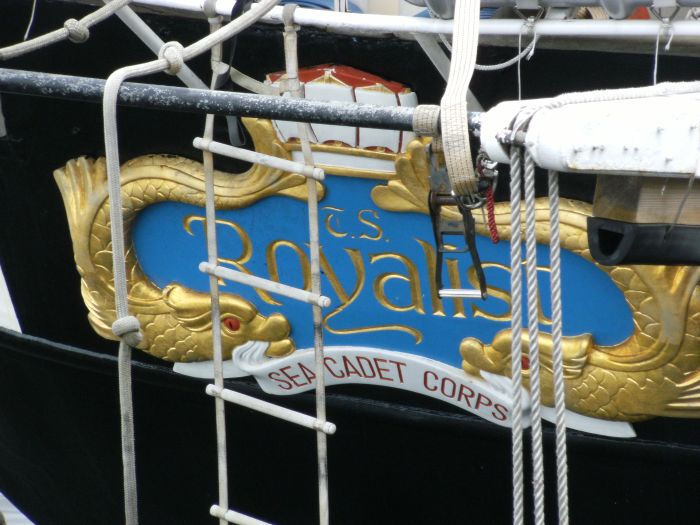
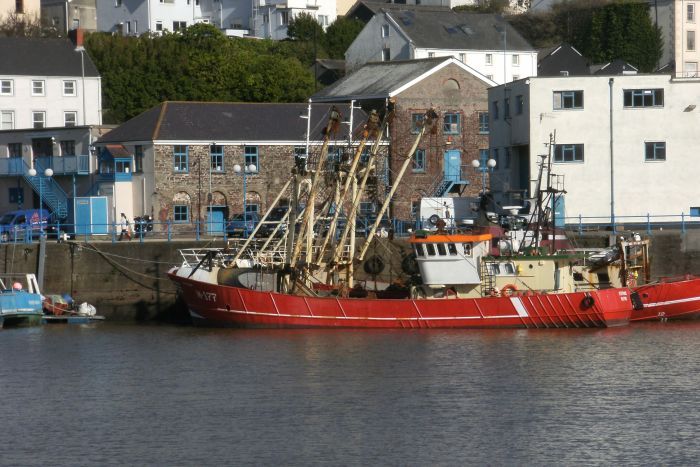

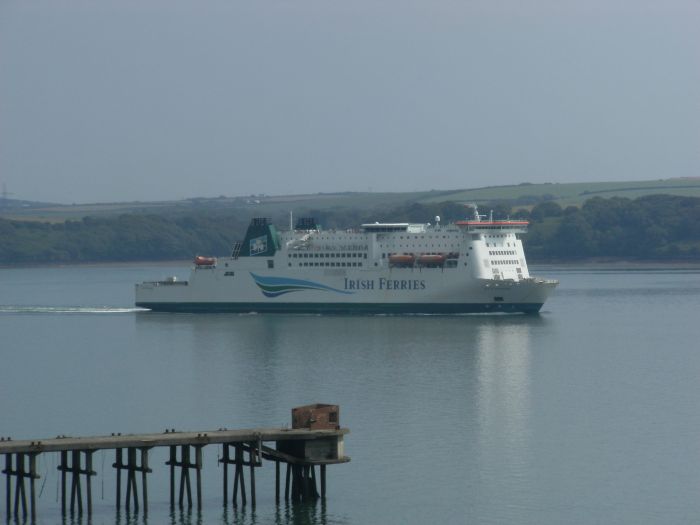
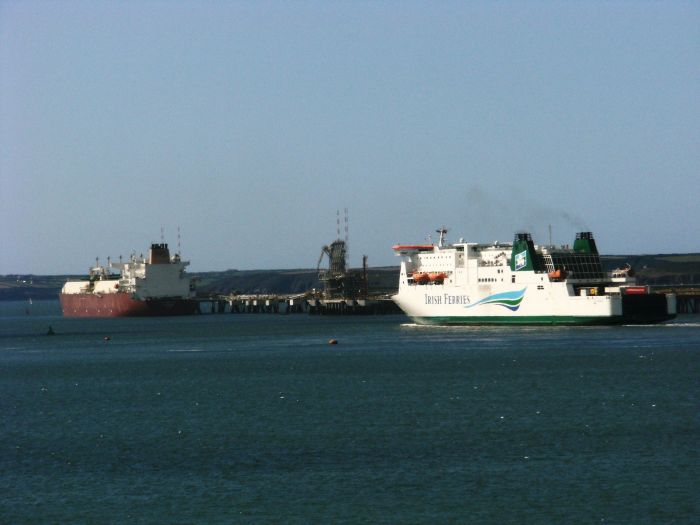
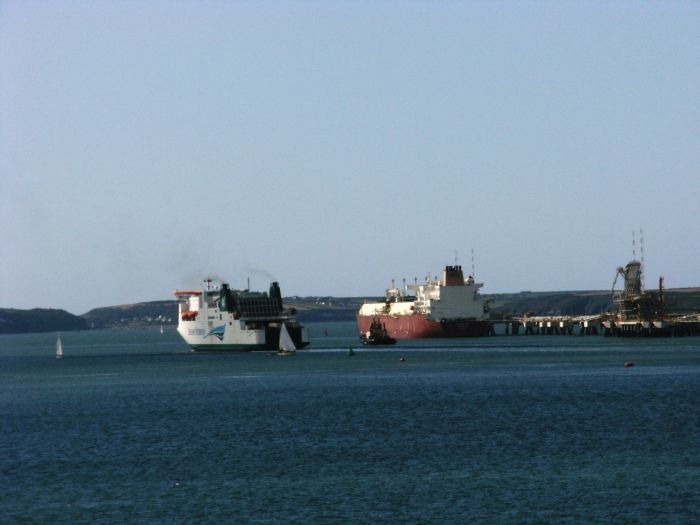


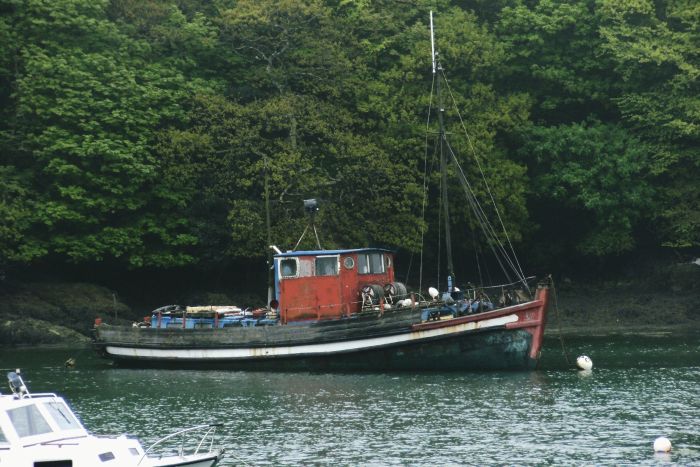

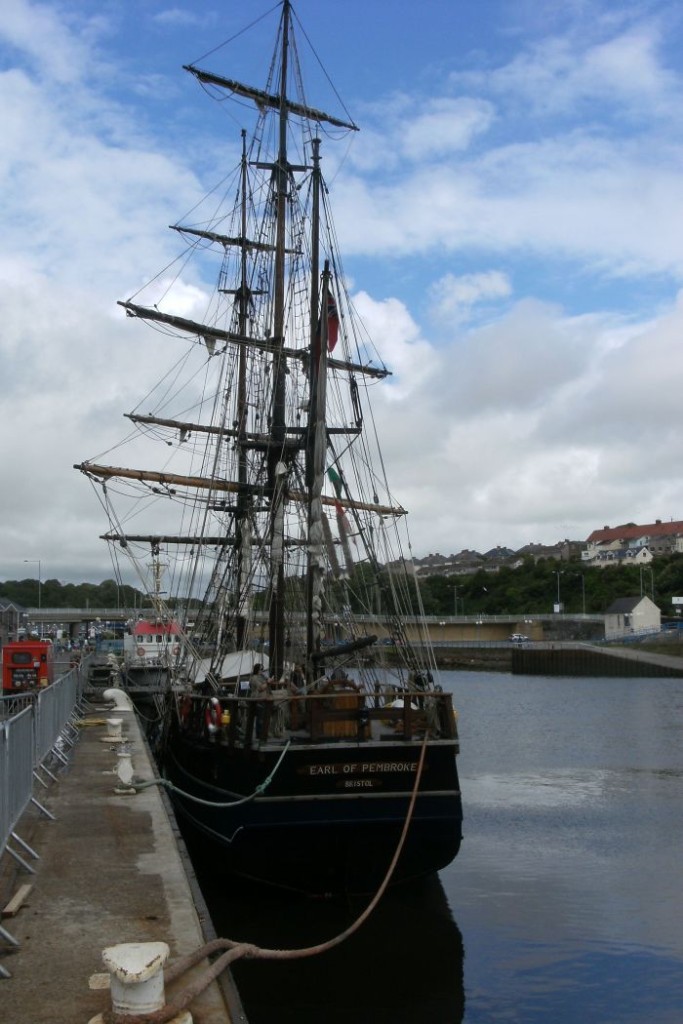
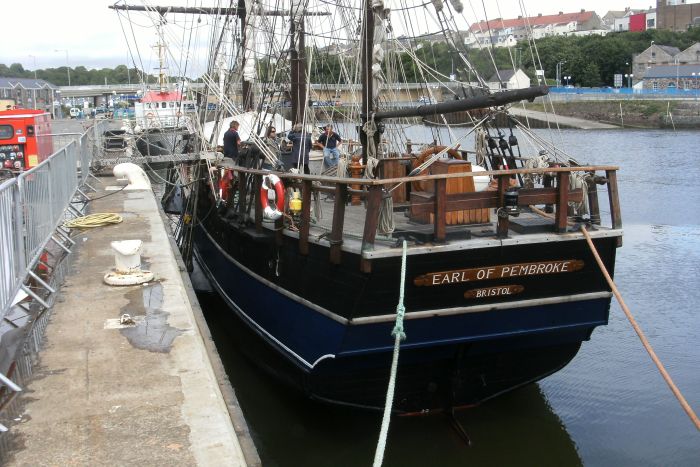







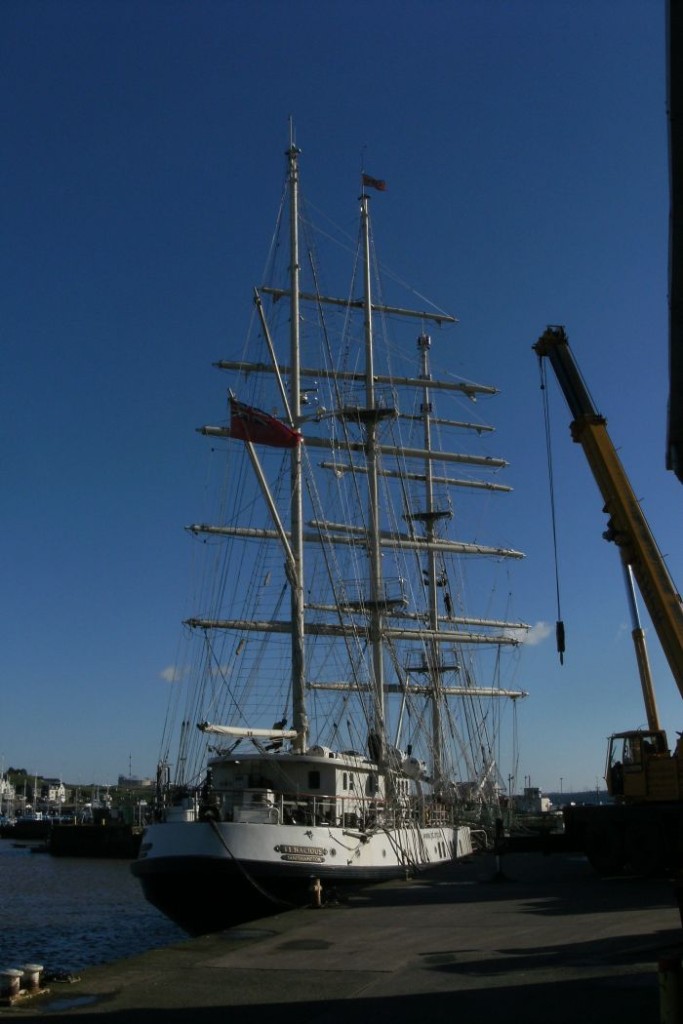
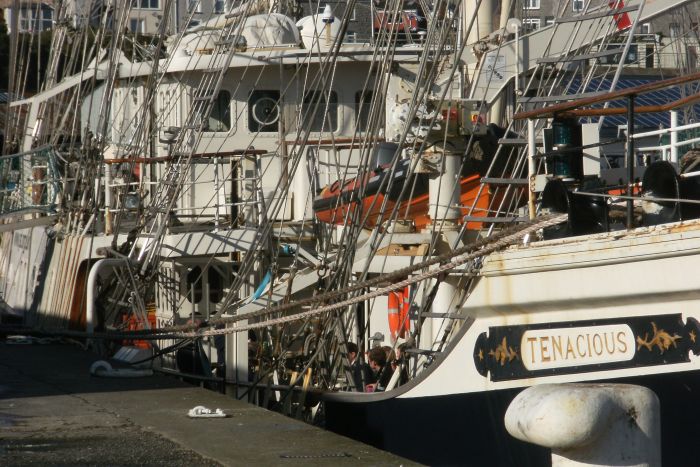


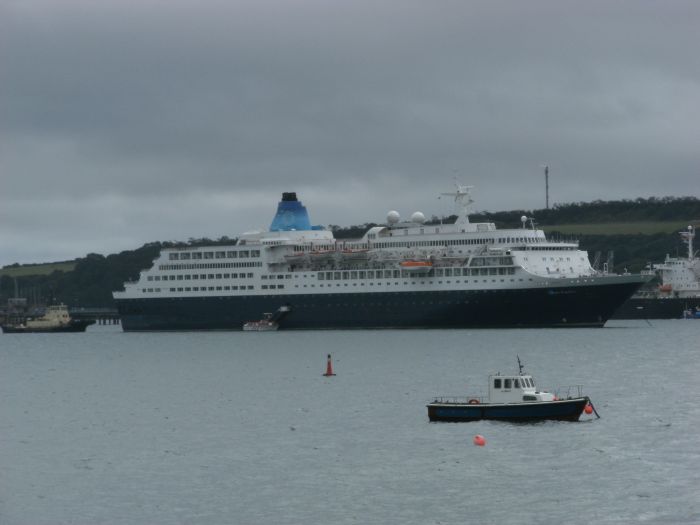
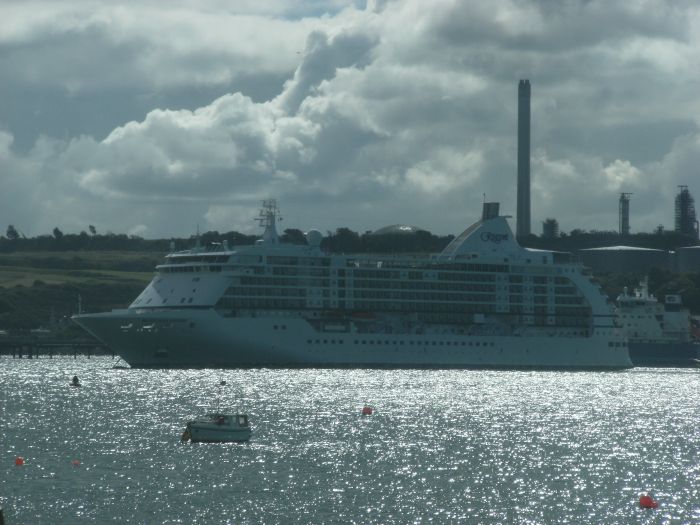

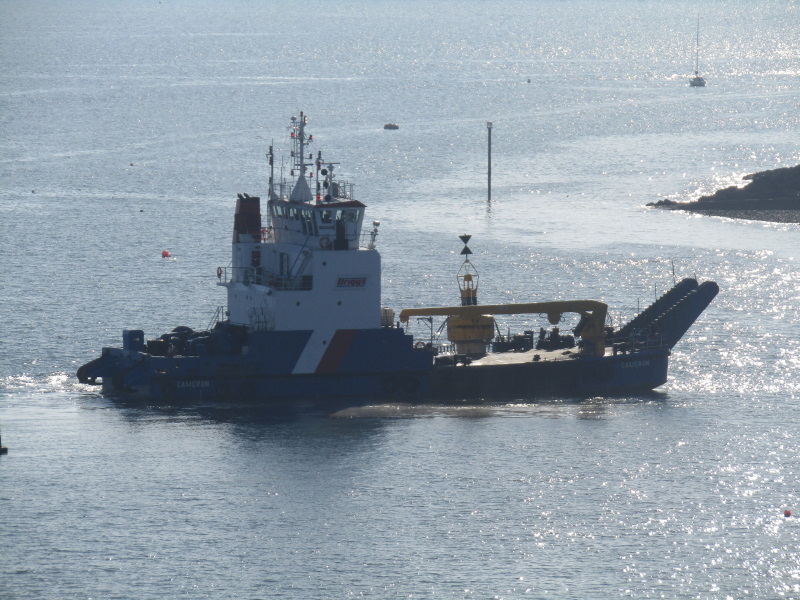

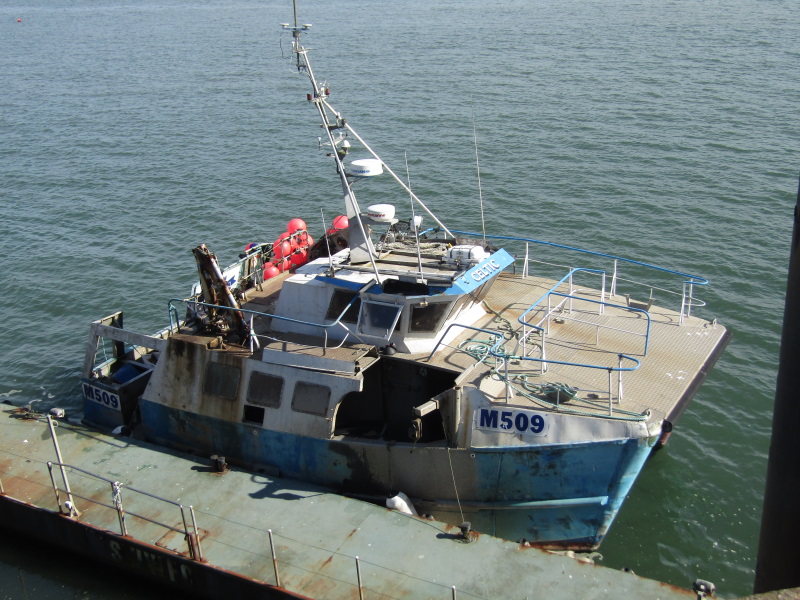
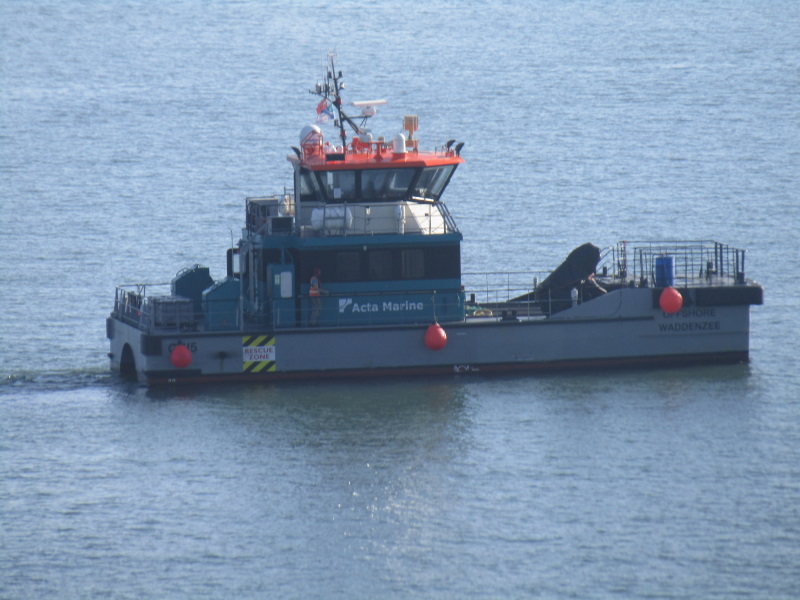
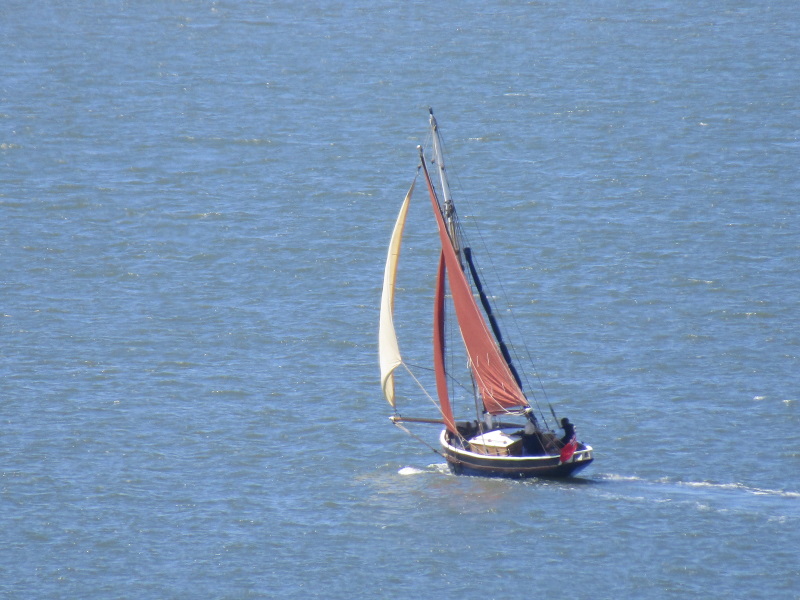


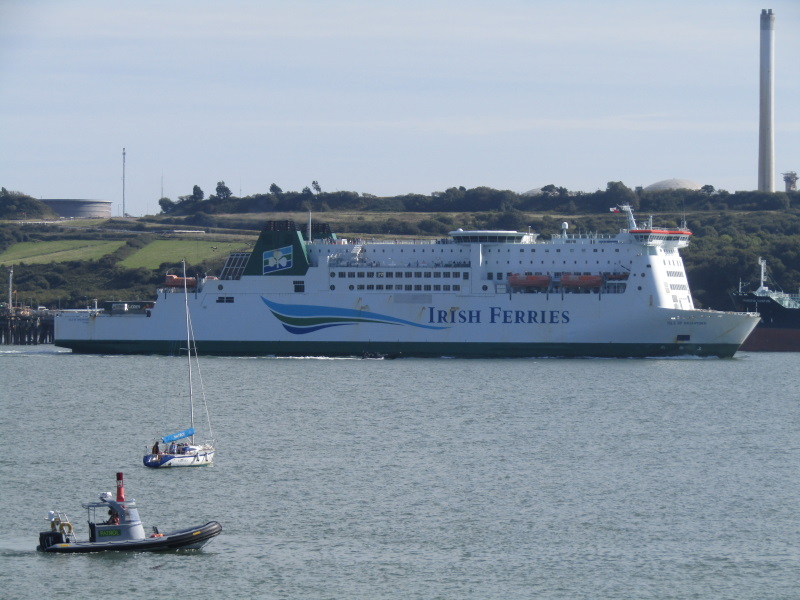
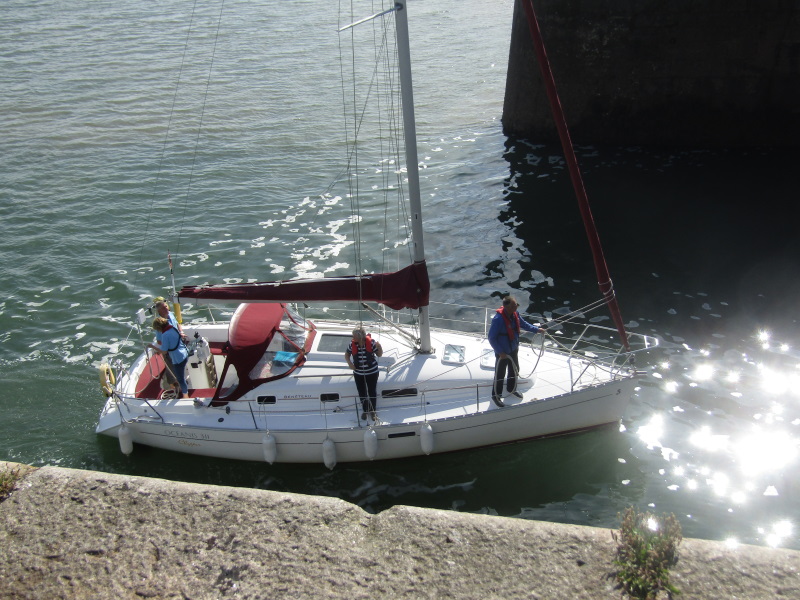
SEE THE GREAT STORM BEACH AT NEWGALE SANDS. Local tradition says that Merlin the Wizard created it during a great storm
SEE THE PALMERSTON FOLLIES OF SOUTH PEMBROKESHIRE. In the second half of the 19th Century Lord Palmerston built many forts to defend the coast of Britain against French invasion. In south Pembrokeshire 13 forts and gun batteries were built mainly around the Milford Haven Waterway and most can be seen from the coast path. The forts became known as “Palmerston Follies” as on completion of the program the feared wooden ships were replaced by iron-clad warships with more powerful guns that rendered the fortifications obsolete.

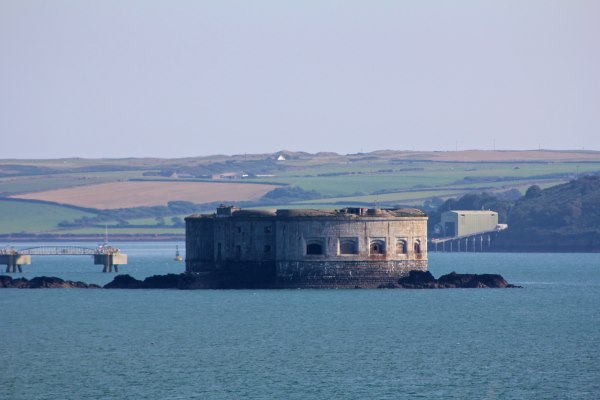
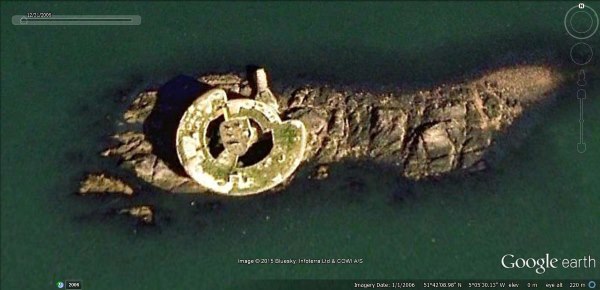
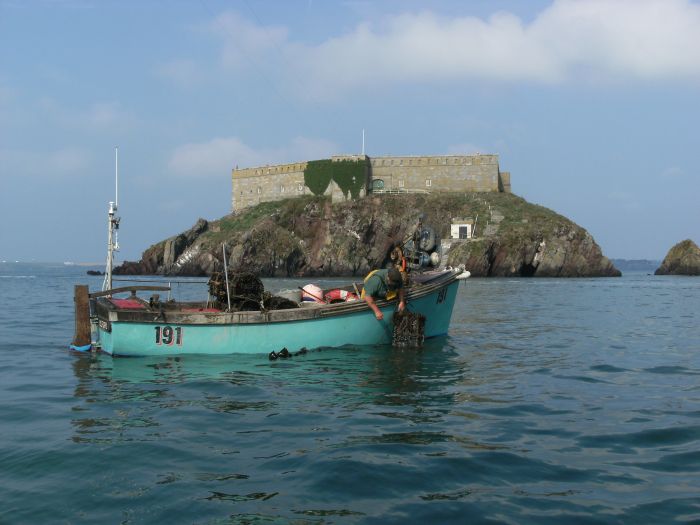
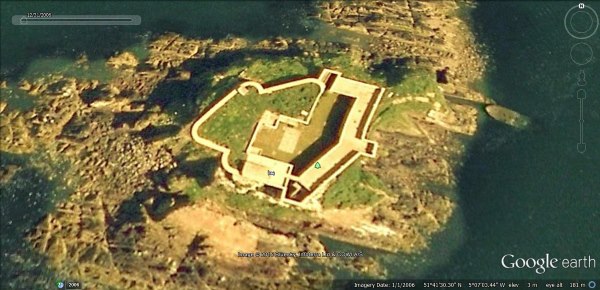
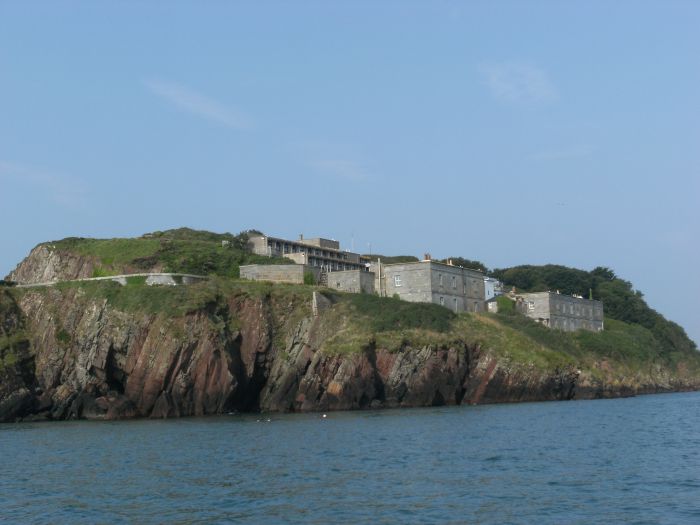
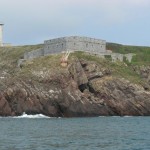



KITE FLYING. The open sandy beaches prove ideal for kite flying.



STORM WATCHING

